|
|
Hyperloop Desert Campus, Nevada desert, 2020
Theme and background
Immense and dusty expanses surrounded by reddish rocks and swept by fierce winds: in a world that seems to have domesticated all mysticism, the deserts represents the last place where fragments of mystery are preserved.
As a matter of fact, there is an insane fascination in what is hidden, a hint of sweetness in what is fatal for us; but if the desert represents the inaccessible and fatal place par excellence, it is to the desert that we must look to see the dawn of a new chapter in the history of mankind.
In the heart of the Nevada desert, a few kilometers away from Las Vegas, the first test center of Hyperloop - the futuristic means of transport that will connect cities and nations at a much-higher speed than planes - has been created.
This technology has needed the desert’s spaces and isolation to grow and consolidate, but has advanced to the point that it requires a more-advanced testing and study center, where the brightest minds on the planet can collaborate to define practices and methodologies that can transform today's visions into tomorrow's reality.
For this reason, Hyperloop needs to expand its test center: this is why YAC is pleased to present Hyperloop Desert Campus.
Lost in the American desert, among the salt basins and millenial desolations where the steam of the ancient locomotives were first hosted, architects will be asked to shape the most recent dreams of innovation and speed through an iconic building located in one of the most majestic and suggestive contexts on the planet.
This will be the place where the history of mankind will be written; the new Hyperloop campus will not be a mere building, but rather a real sanctuary of science, a place where the impossible becomes possible, where it will be possible to celebrate the ancient and always-renewed race towards the most heartfelt and irredeemable ambition of our species: progress.
SITE
Burning horizons inhabited by sand foxes and by a rough and hostile vegetation; a place carved by millennia of solitude that is accustomed to the rattle of the snake and the high-pitched cry of birds of prey, and does not as easily tolerates human beings. The Colorado River, the Death Valley, the Badwater Lake: here, the sound of the drums of the native Americans and the names evoke adventures that have marked the imagination and fantasies of entire generations. These are the lands of the miners, of the Gold Rush, of the tailored-bearded pilgrims who traveled with their caravans through the deserts of the Great Basin towards Salt Lake City. Close to the Grand Canyon, in southern Nevada, the Mojave desert is not only one of the most evocative scenarios that a designer could wish for, but also the ideal location to install an advanced research center about Hyperloop: in the Mojave desert, its first test site was developed and this is also the place where big isolated spaces are found close to vibrant and populated metropolises that can benefit from it. Hyperloop Desert Campus will therefore be an opportunity to reflect upon the center of experimentation that will change the history of mankind by contextualizing one's research and reflections in a place that is among the most meaningful geographical and topological archetypes.
1. Nevada: one of the youngest states in North America, Nevada is a land of magnificent pulsating contradictions. It is the place where desert valleys look in the distance to plateaus covered with forests, and where high snow-clad mountains overlook arid cliffs and deadly depressions. Land of extremes and natural excesses, here is to be found the lowest point in North America (85 meters below the sea level); the climate as well seems to mirror a deep ambivalence theat looks innate to this corner of the world: from the incandescent temperatures of Badwaters to the night frosts of the desert and the mountains, from the torrential downpours of the Mexican monsoon, to the scorching winds of the "Devil's Golf Course". Land of the native, contested between the Spanish and the Americans, Nevada stayed under the state of Utah after the Mexican-American war and then become an autonomous country when large gold veins were discovered inside its mountains. Among the least populated states of America, with an area that equal Italy, it hosts only 3 million inhabitants (2/3 of which live in the metropolitan area of Las Vegas). The condition of immense isolation and abandonment, for decades, has turned it into an ideal context for military settlements and experiments (from the Nellis air force bases, to nuclear test sites, active until 1992). Intervening in such context will mean having to face nature in its most extreme and primordial essence: this context will offer a design challenge that requires an extraordinary commitment, but will be equally stimulating in terms of opportunities and on a perceptual and emotional level.
2. Las Vegas; you either love it or hate it, but "Sin City" cannot Leave you indifferent. Copies of European monuments, Egyptian pyramids, fountains and skyscrapers go hand in hand with lions, sharks, roller coasters and pirate galleons: Las Vegas is a dream come true, an eternal and unbridled line of neon lights and adult shows. Raised around an isolated source in the Mojave desert, Las Vegas remained a railway village as long as Nevada's economy was focused on mining. A river of gold and silver flowed day after day from the Mojave mountains, but it was not the wealth of the first settlers that triggered the miracle of Las Vegas: it was rather the decline dictated by the obsolescence of the railway network, together with the Great Depression, that brought about the need for a substantial change: the local authority worked on transforming Nevada into a land of freedom and a leisure destination for all peoples of America. This was the period of liberal laws that forged Nevada as we know it nowadays: easy-contracted and easy-dissoluted marriages, legal gambling, legal alcohol, and - in smaller counties - legal prostitution opened the doors to an economic boom that is continuously renewed since the 1930s. The season of the big Casinos begins: first of all the Flamingo, founded by the the Jewish gangster Bugsy Siegel, and then the Luxor, the Caesar Palace, the "Palazzo" and the Planet Hollywood, a long succession of buildings that have marked the history of luxury and entertainment. Few other cities in the world have influenced collective imagination and mass culture by hosting some of the top events of recent history: artists with the likes of Elton John and Britney Spears have performed here, Tyson and Holyfield have
fought against each other, some of the most loved and popular film series have been set here. Although it will be placed in the middle of the desert, the Hyperloop Desert Campus will not be able to avoid a comparison with Las Vegas: in its own need to create an iconic architecture, it will have to take into account that it has to keep up with one of the most surprising and eccentric cities in the world.
3. Hyperloop: since Elon Musk - the boy prodigy founder of Tesla and Space X - brought about the idea of a new means of transport that would revolutionize the next two centuries of history, many companies and startups have been striving to claim the creation of the first working prototype. Hyperloop One, Hyperloop Transportation Technologies, Transpod, are just some of the names of the main companies involved in the race to build the transport carrier of the future, and although there are still a few obstacles and difficulties to be faced in the implementation of similar technology, investments are multiplying and testing lines are extended to make travel through Hyperloop possible. A common goal and commitment that was created precisely as open source research, where numerous tests and simulations were conducted as a result of a collective and international commitment: Hyperloop Desert Campus intends to pursue this model of collaboration, according to a vision of community and solidarity, which sees the most visionary talents on the planet aligned in the common goal of reaching the inauguration of the first Hyperloop network within the next decade.
4. Limits of intervention; the requirements about the functional distribution of the rooms will be described extensively in the "Program" section, however, here follow some key elements to be kept into account to design a project that is contextualized and consistent with the objectives of Hyperloop Desert Campus:
Awards
1st PRIZE 8.000 €
2nd PRIZE 4.000 €
3rd PRIZE 2.000 €
2 GOLD MENTIONS 500 €
10 HONORABLE MENTIONS
30 FINALIST MENTIONS
Juries
Schedule
RegistrationDownloadsPhotos
27 июня 2020, 16:40
0 комментариев
|
Партнёры
|

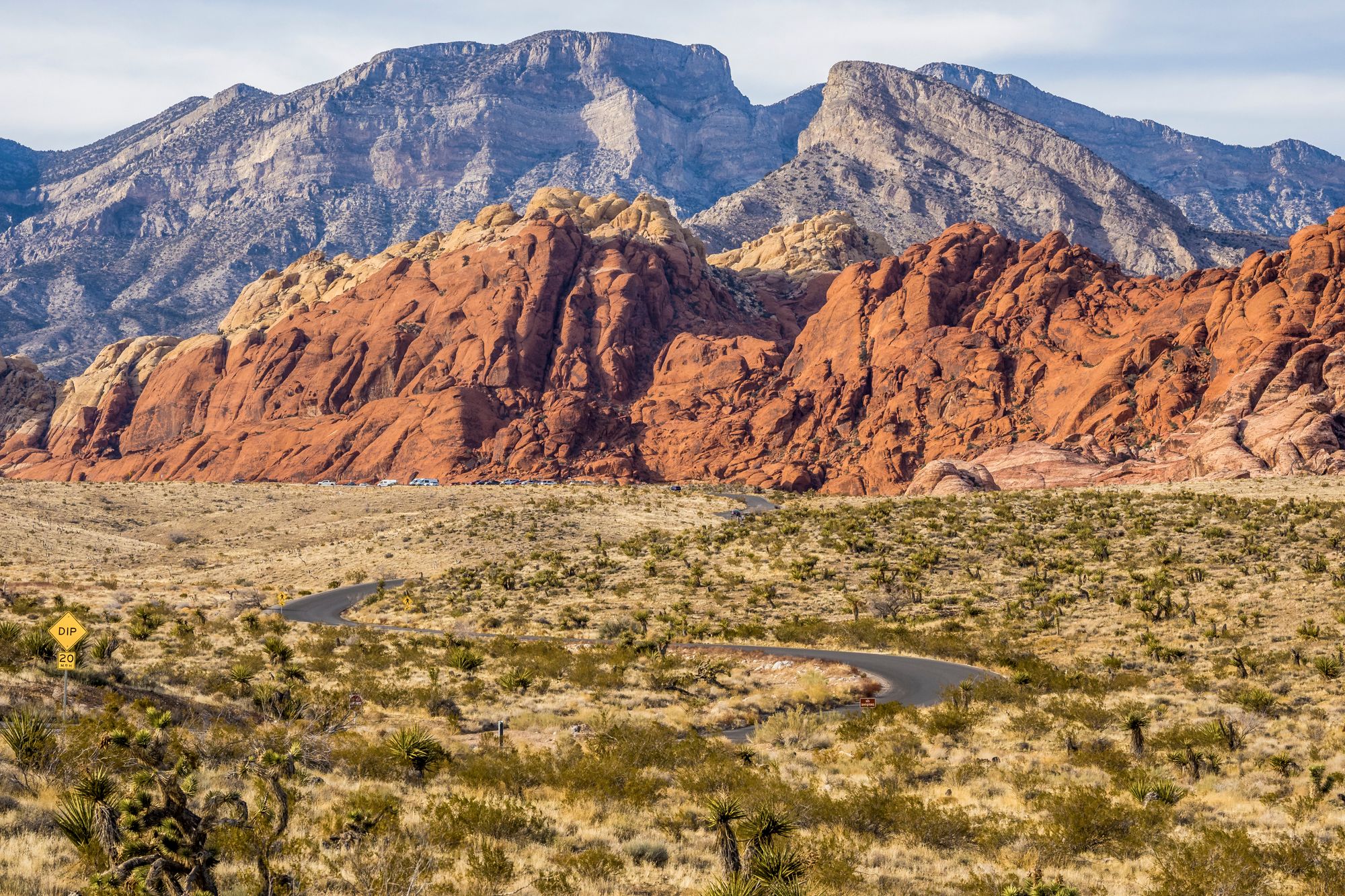
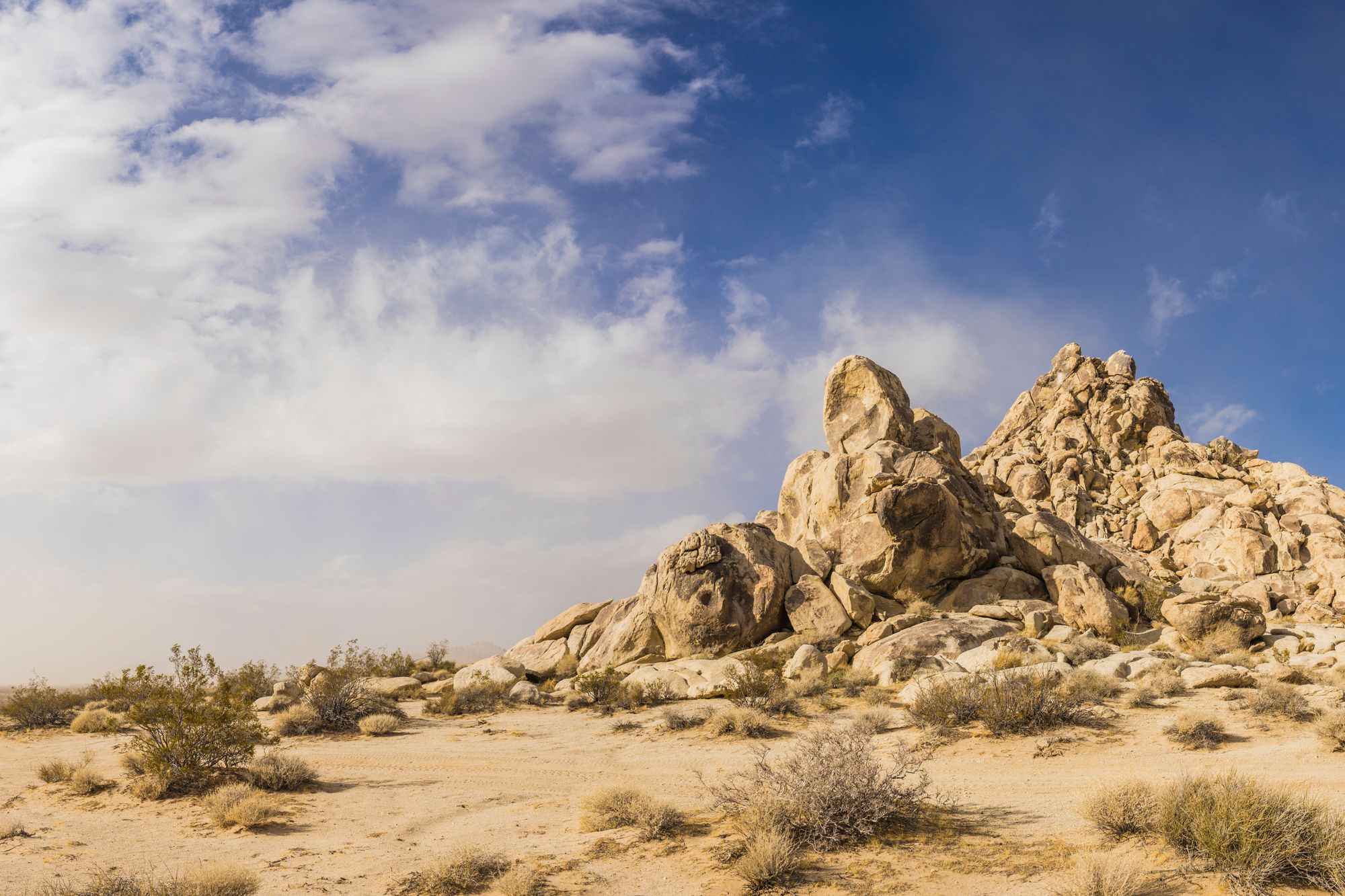
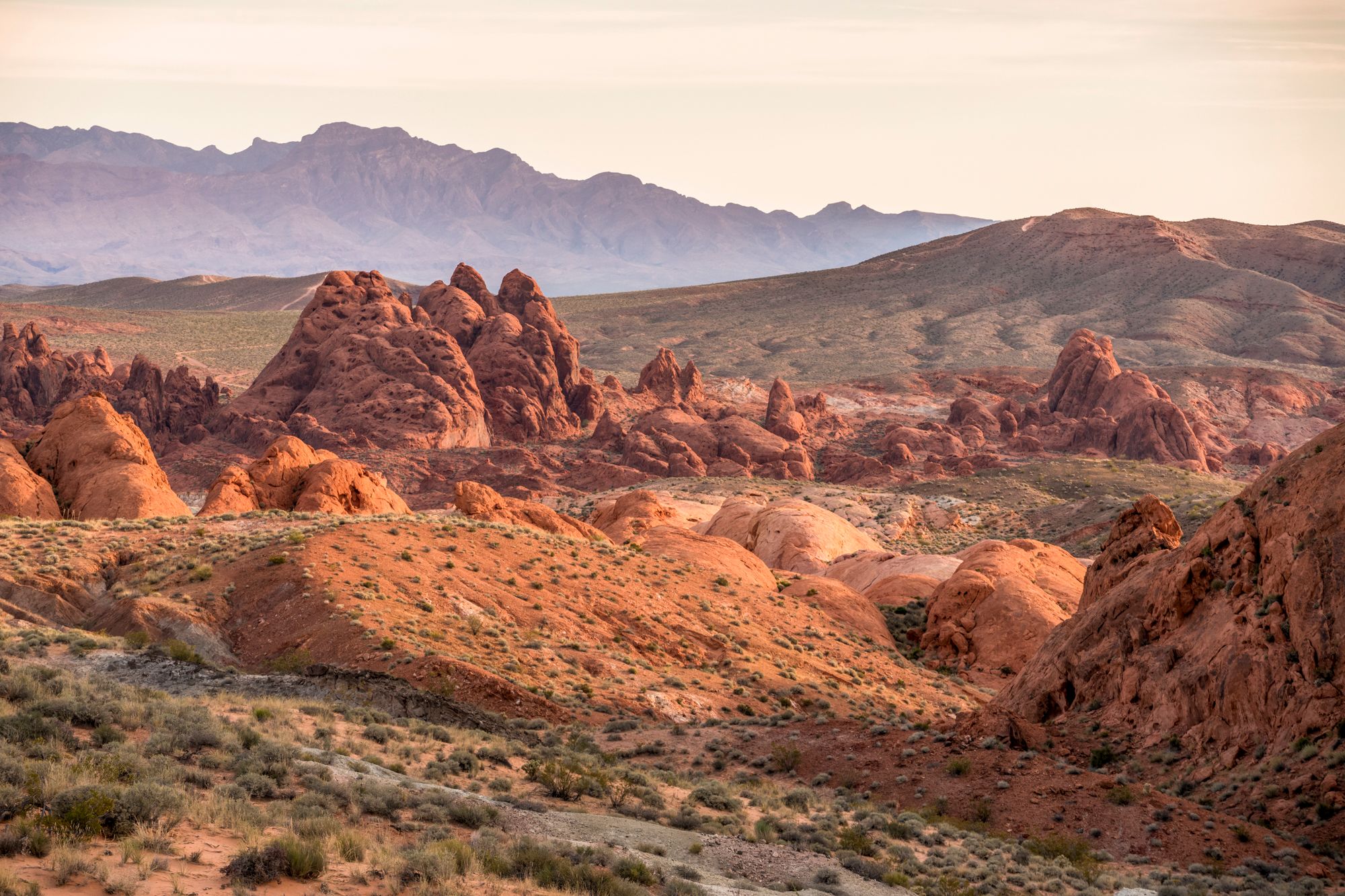
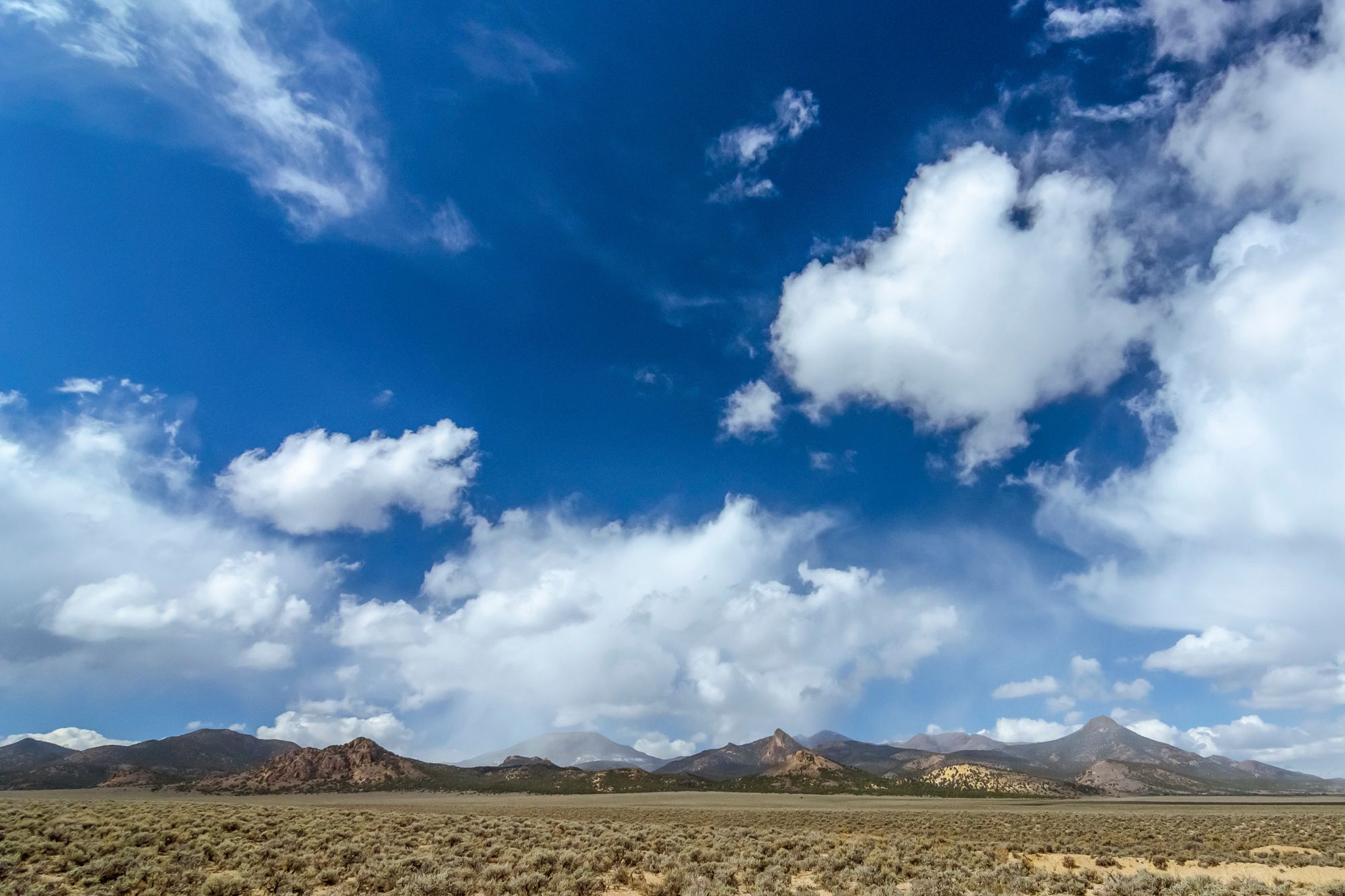
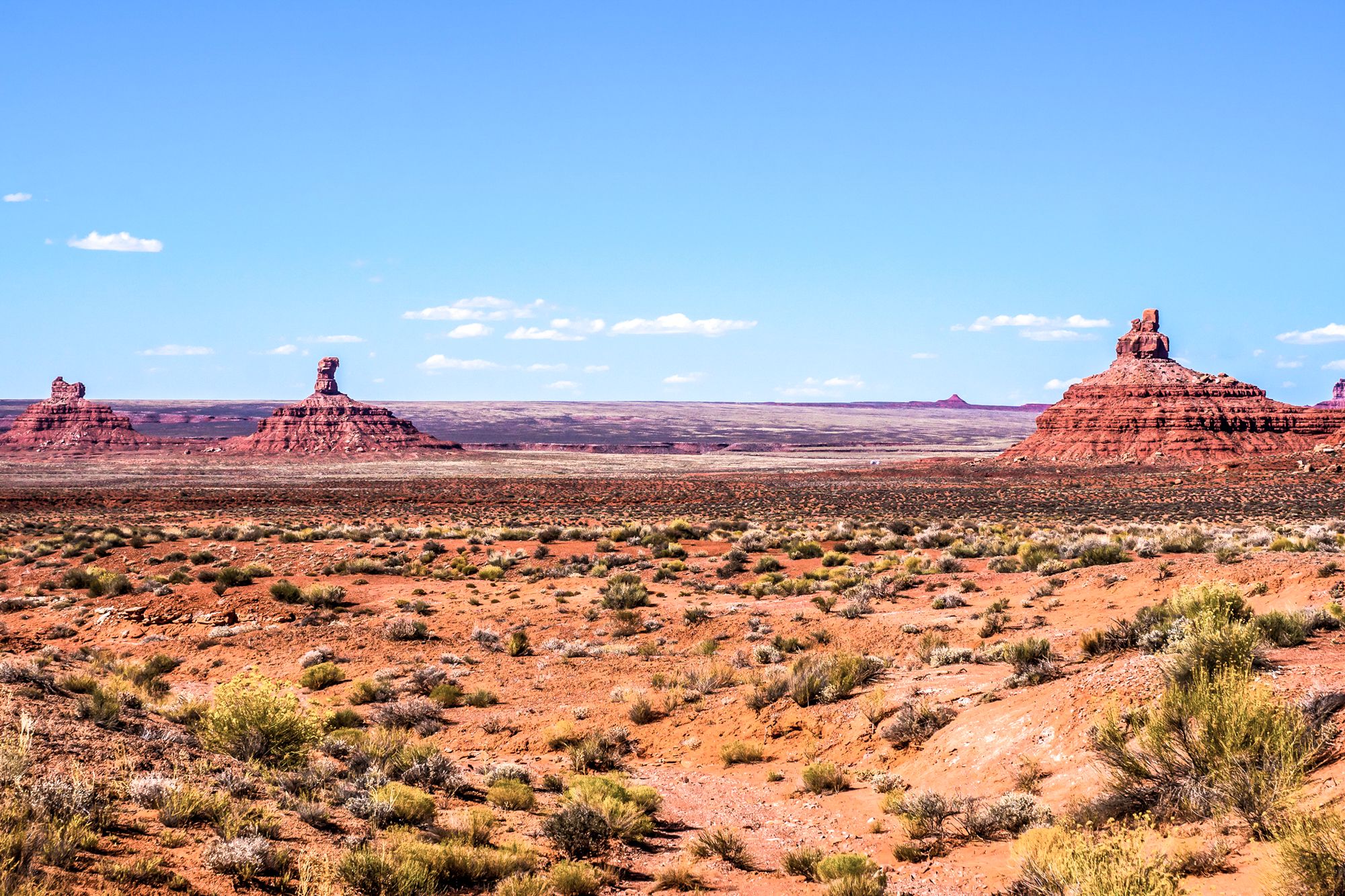
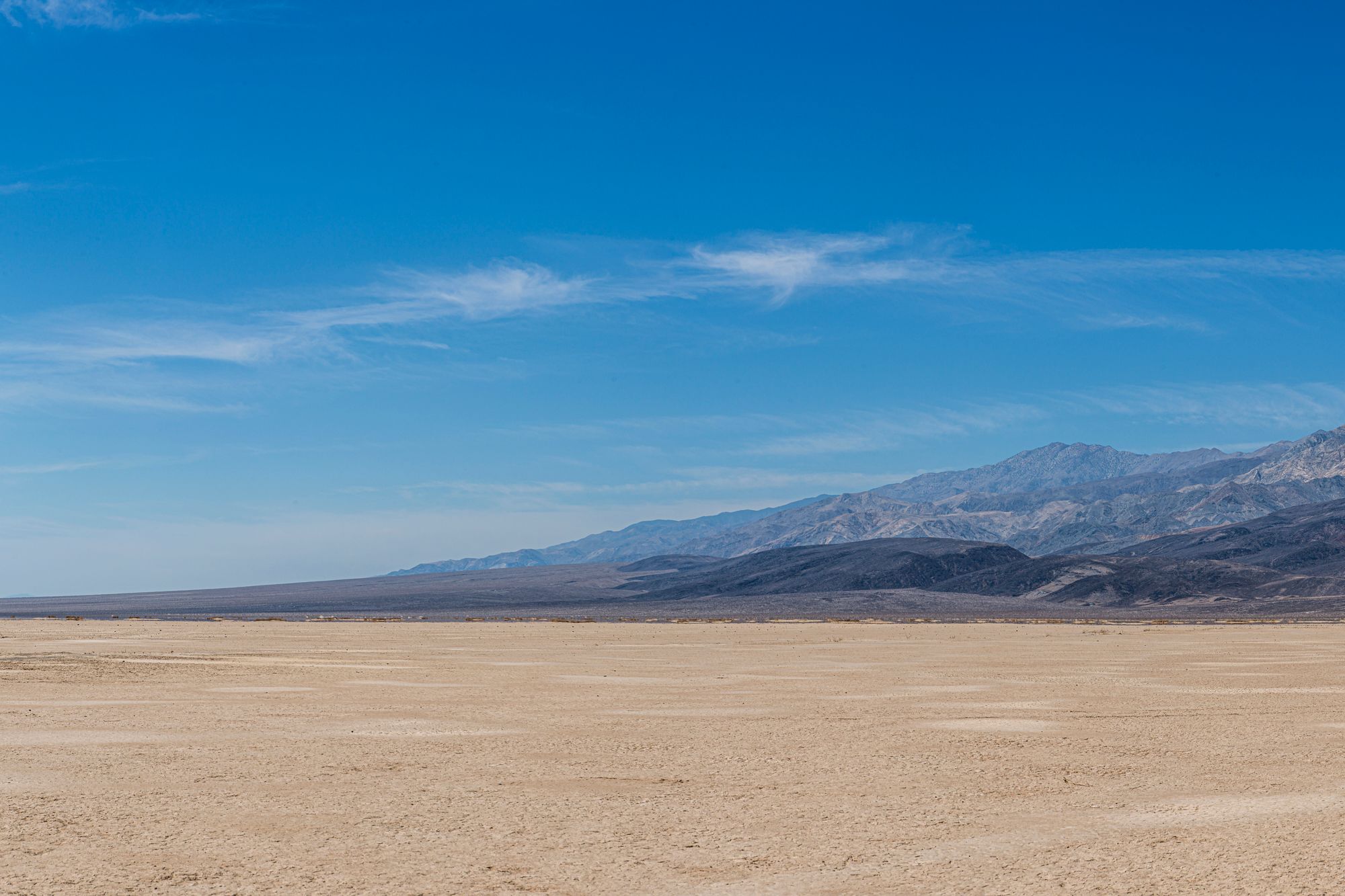
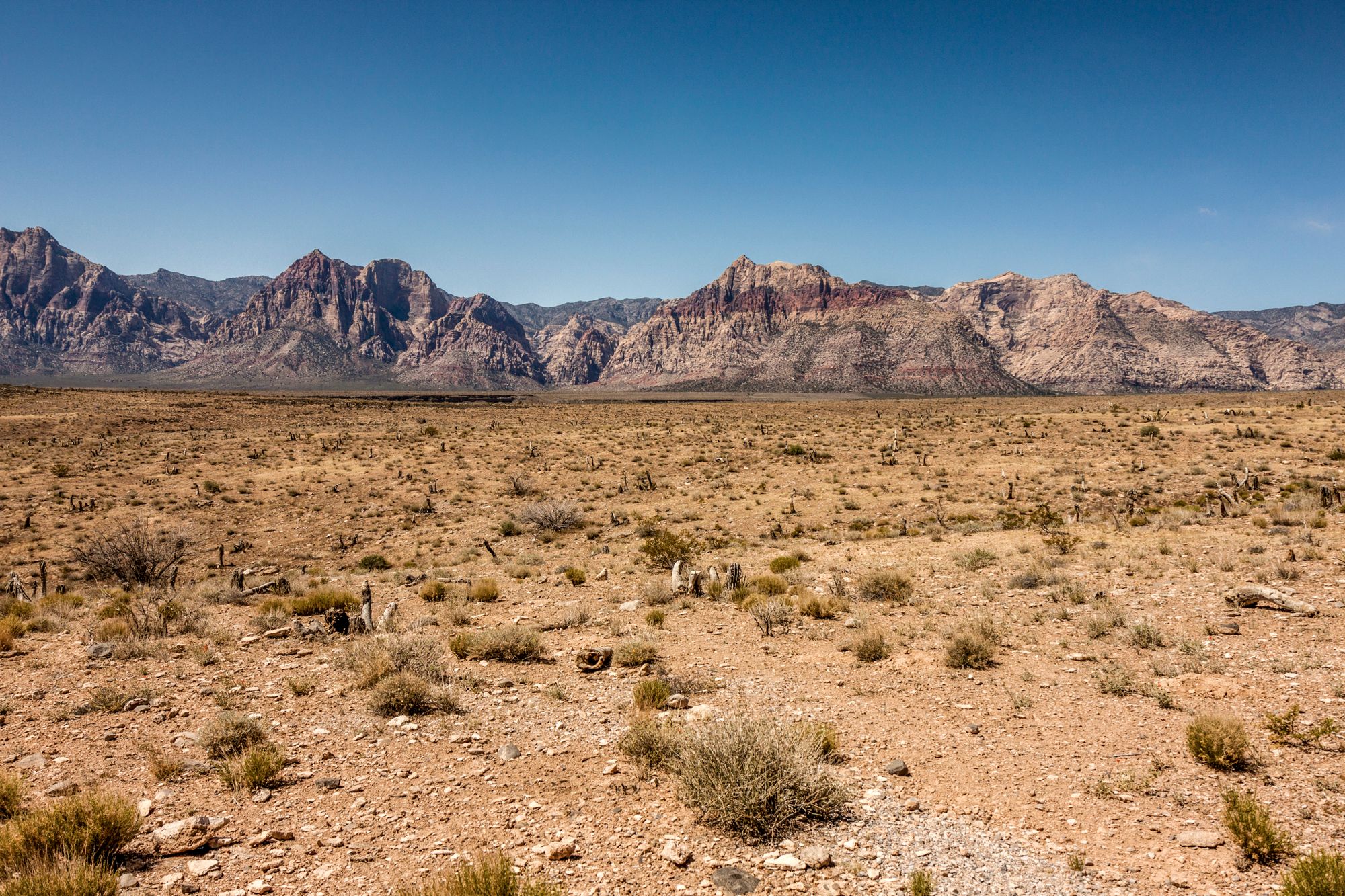
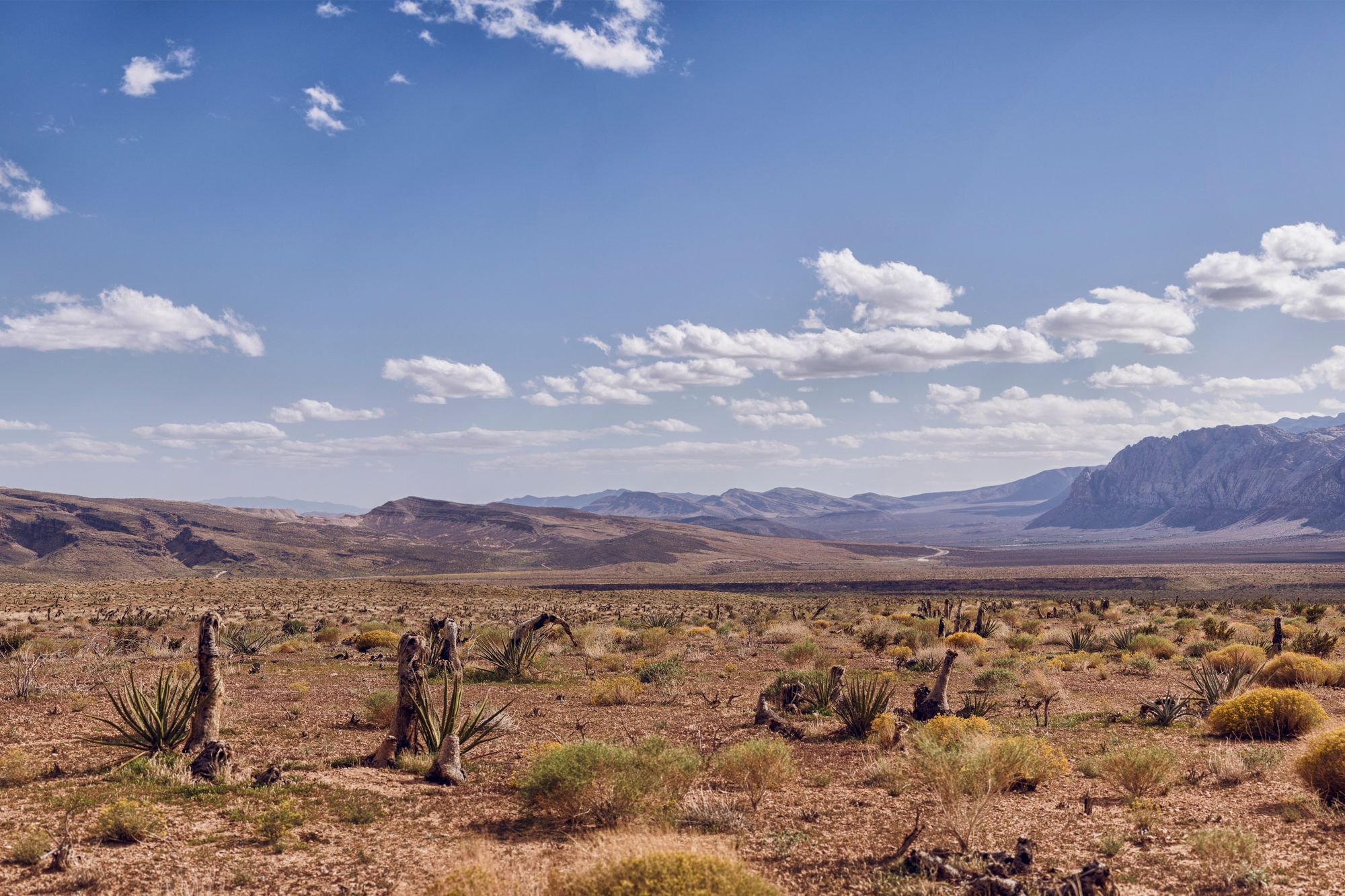
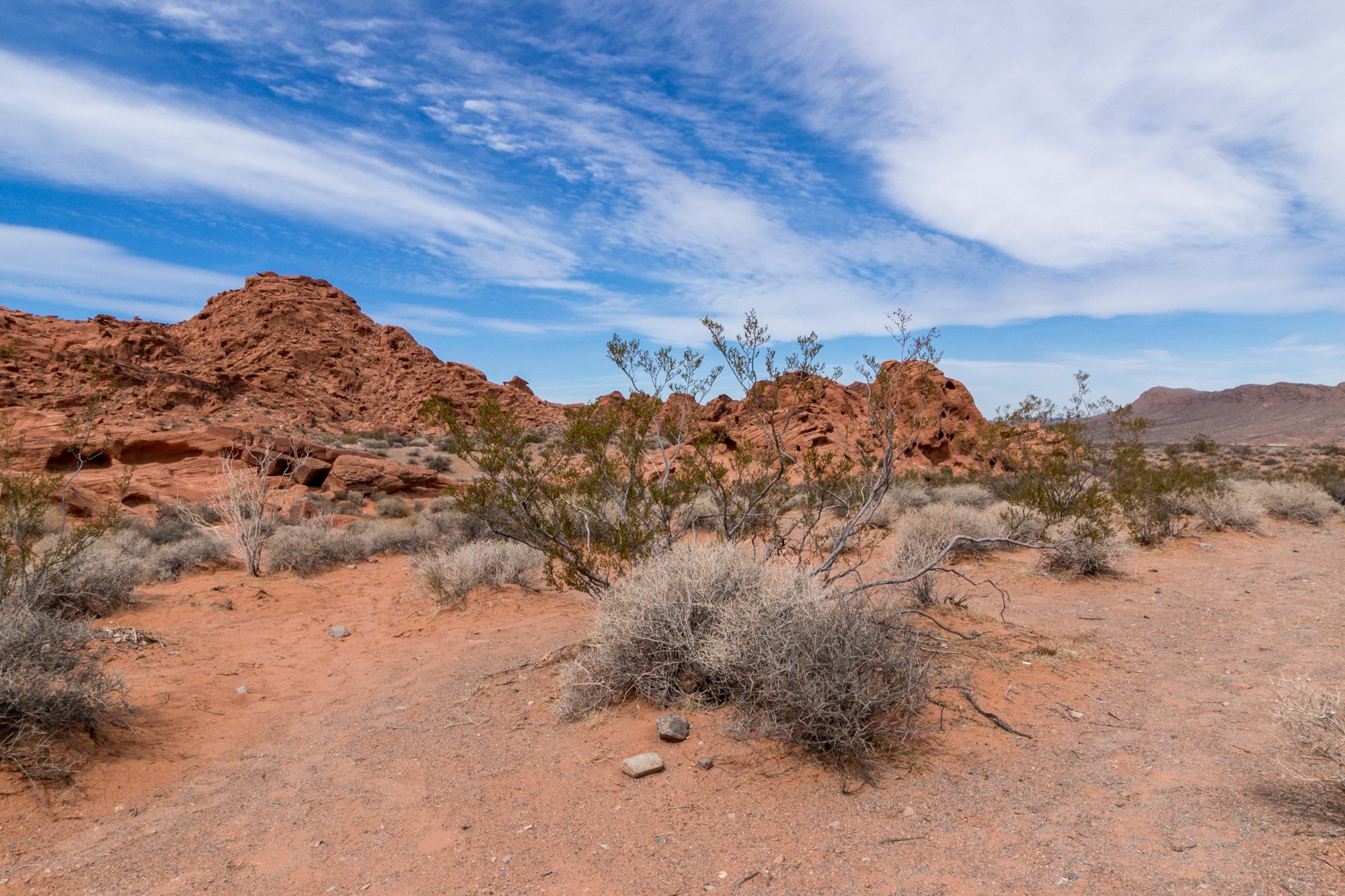
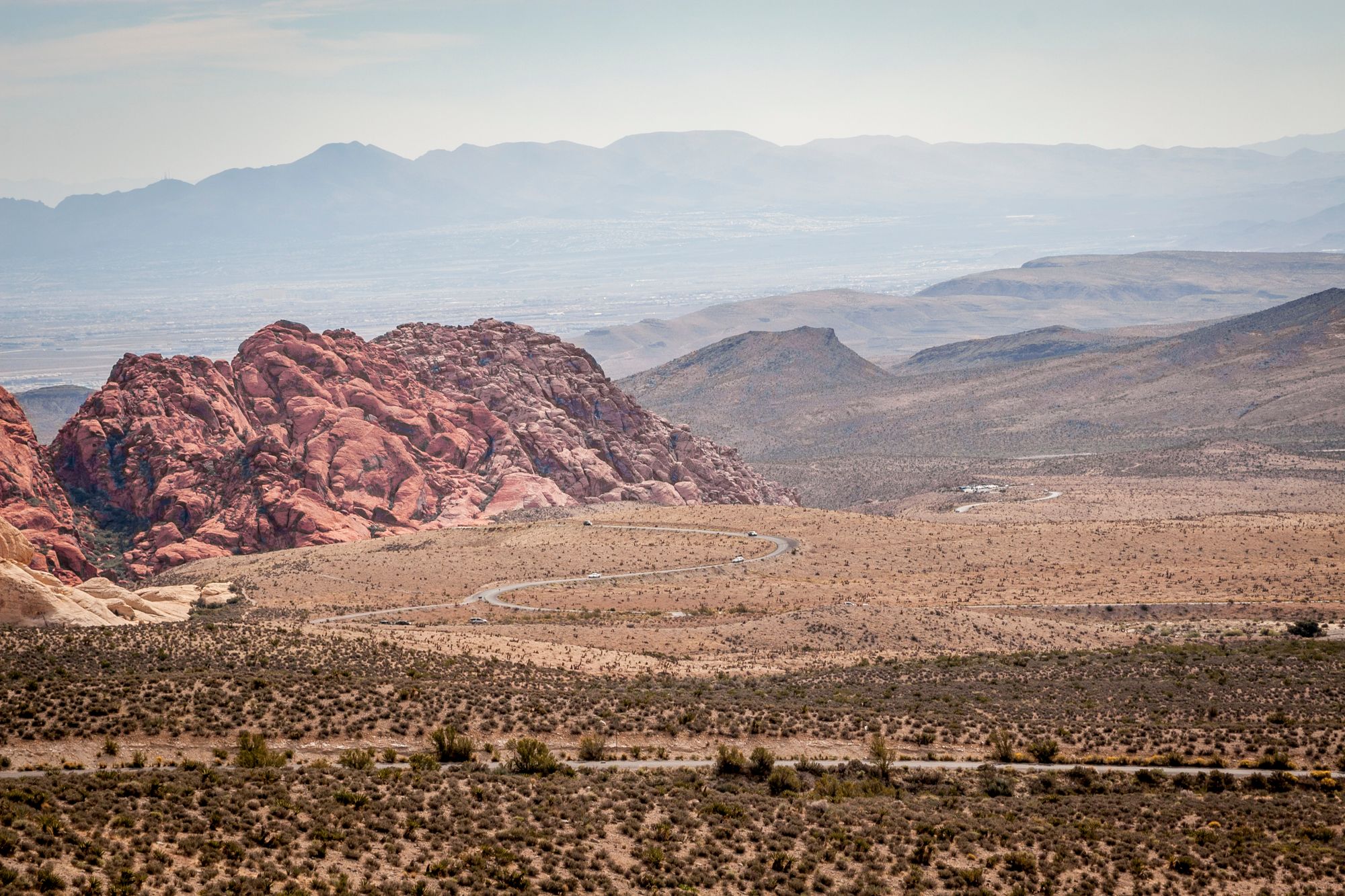
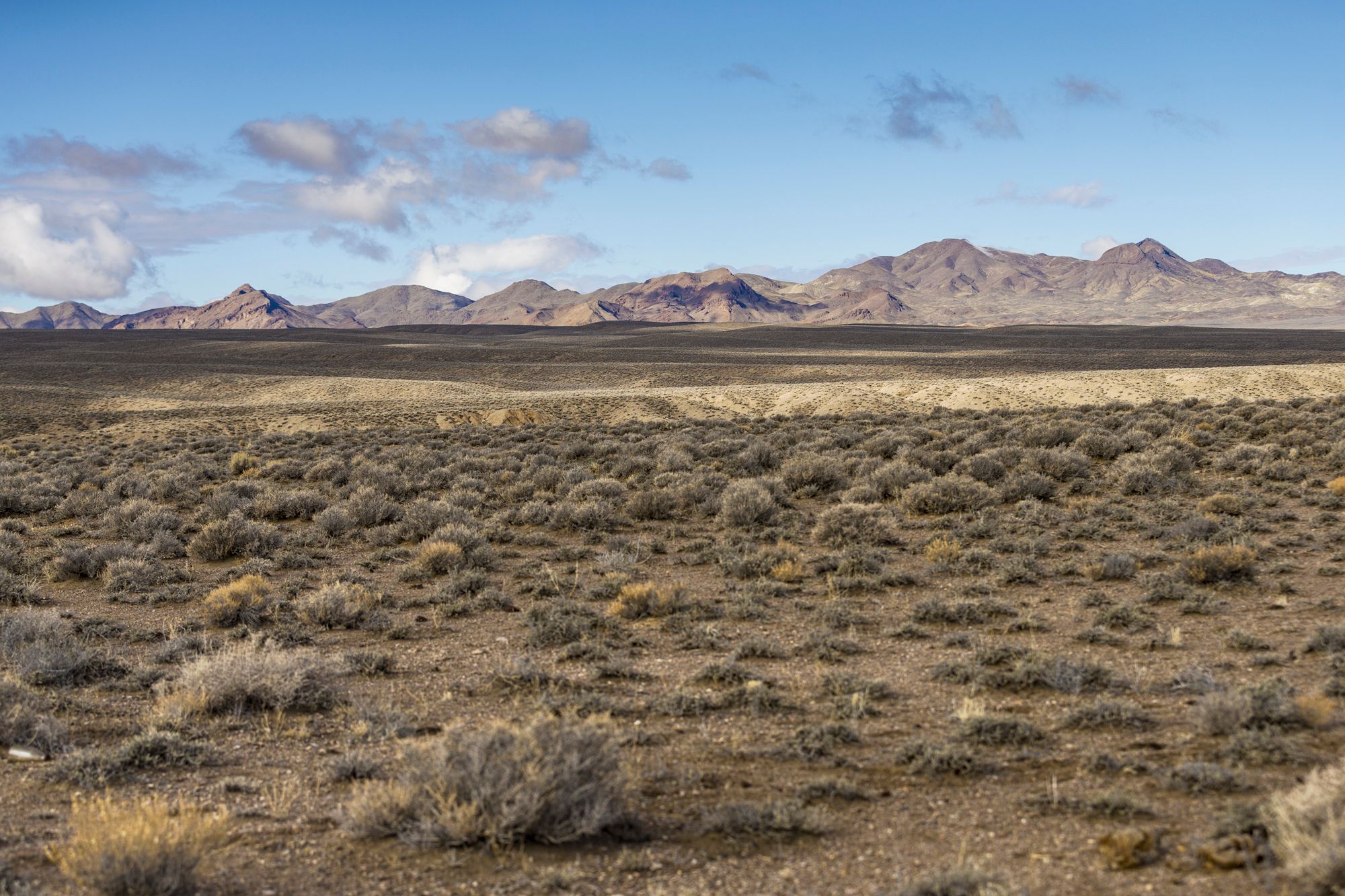
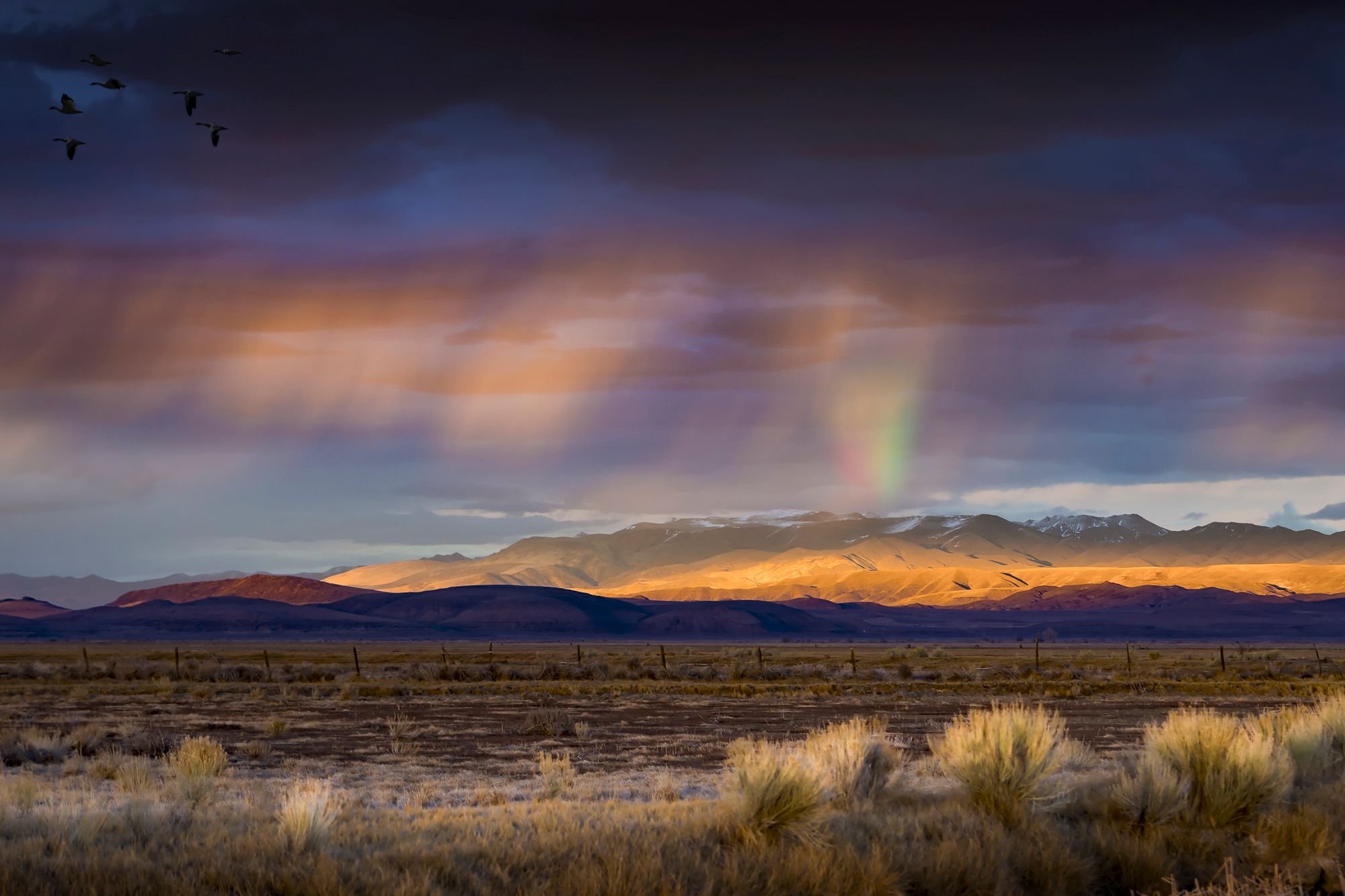
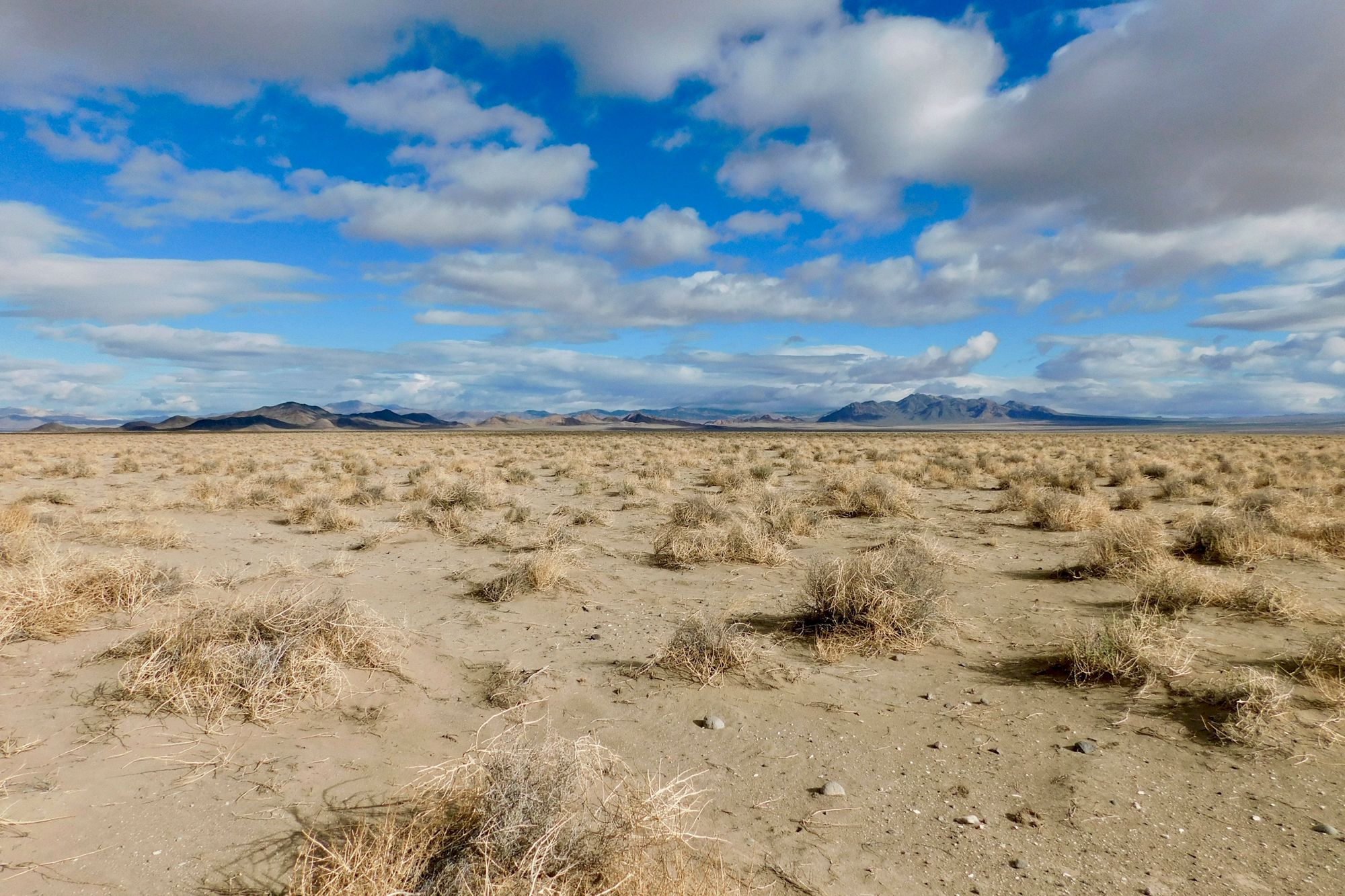
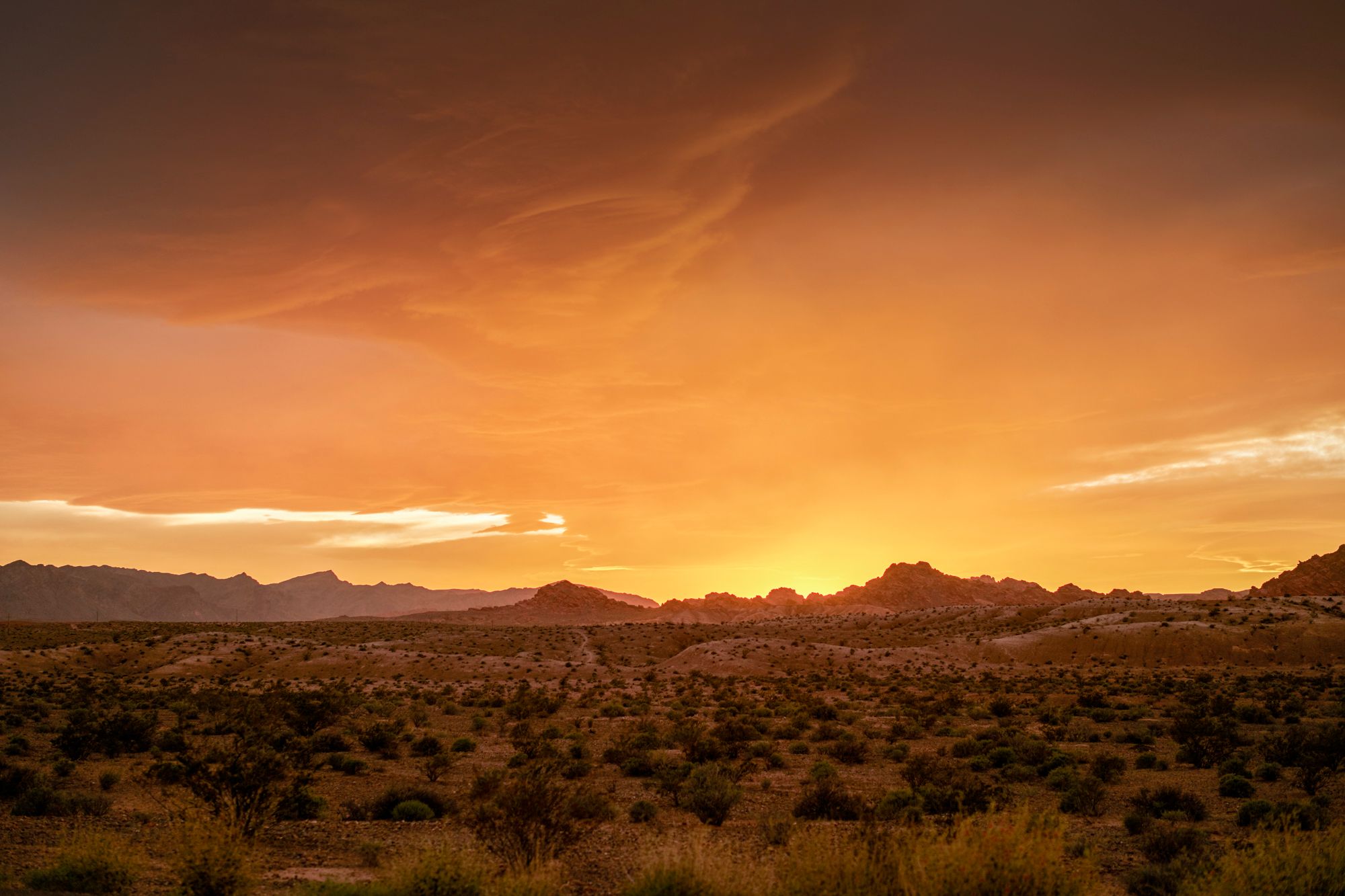
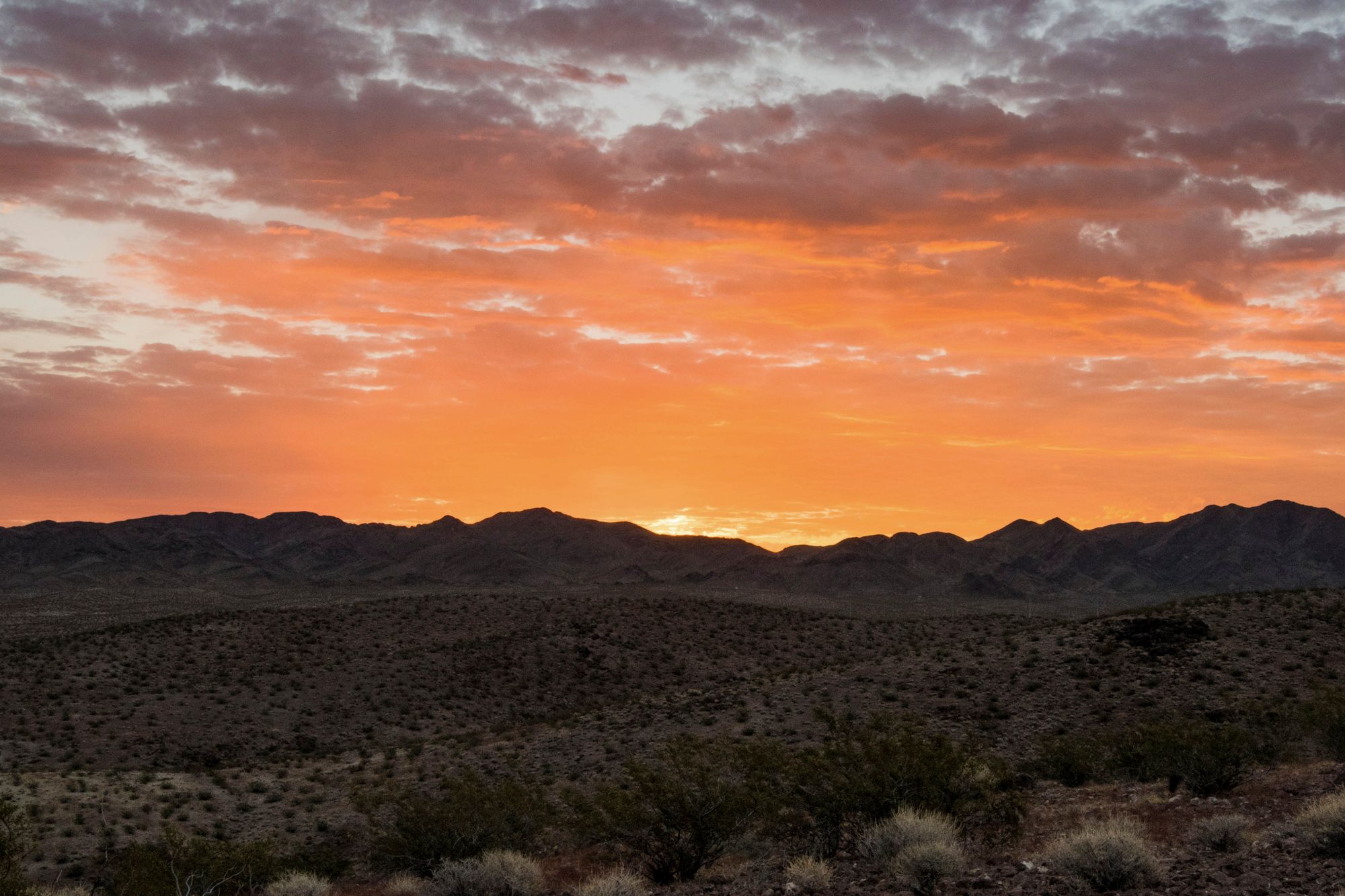
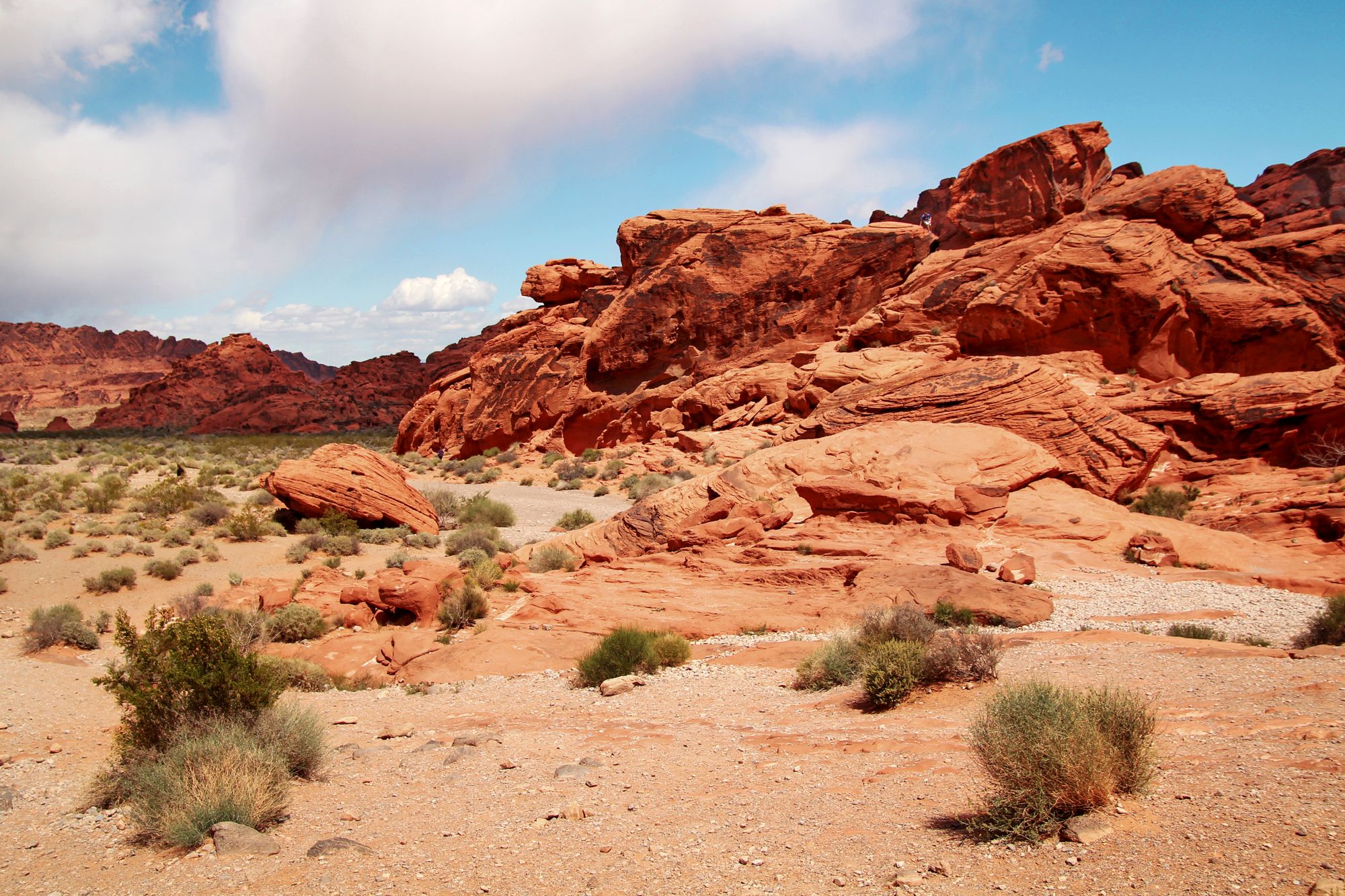
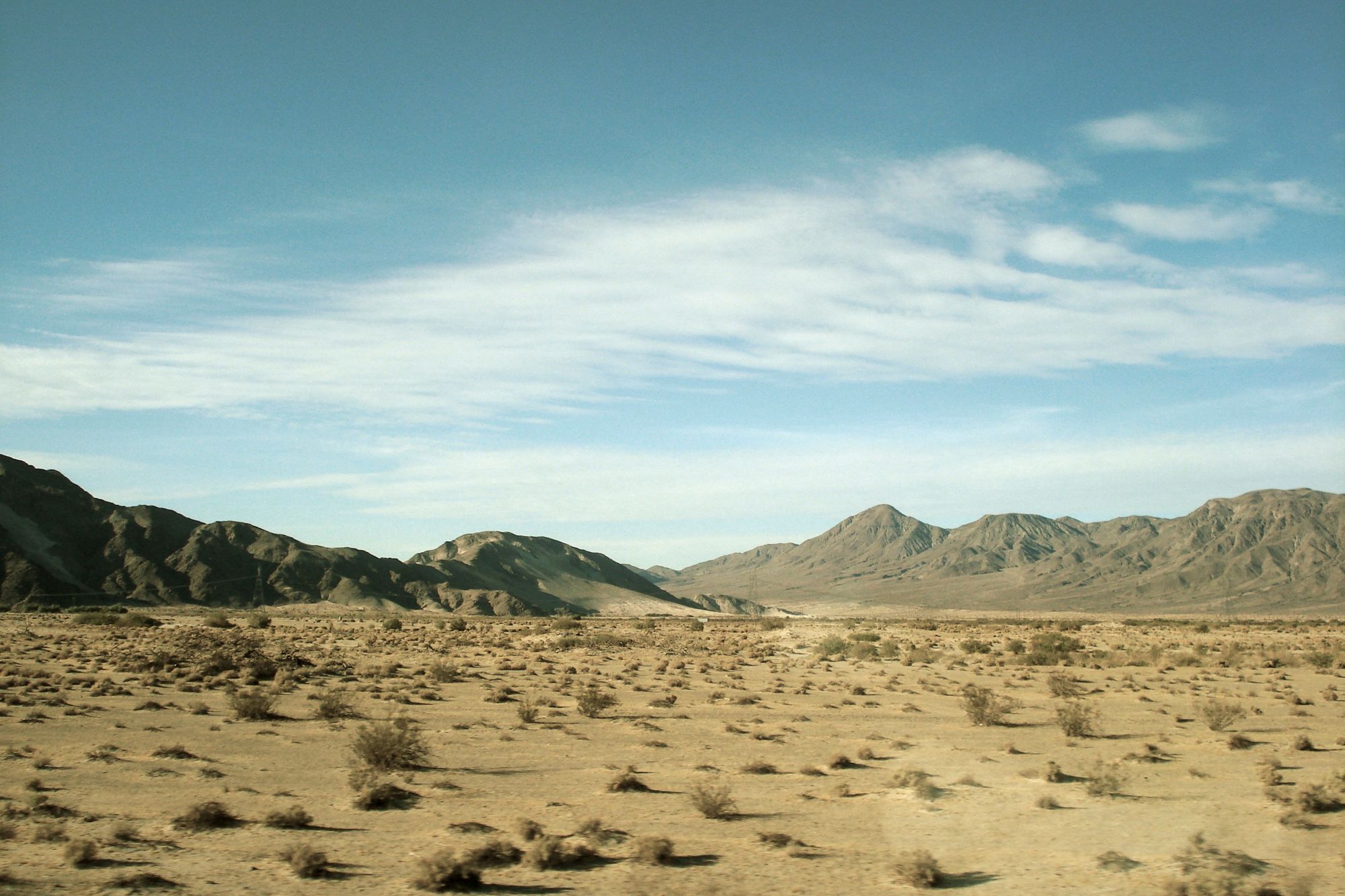
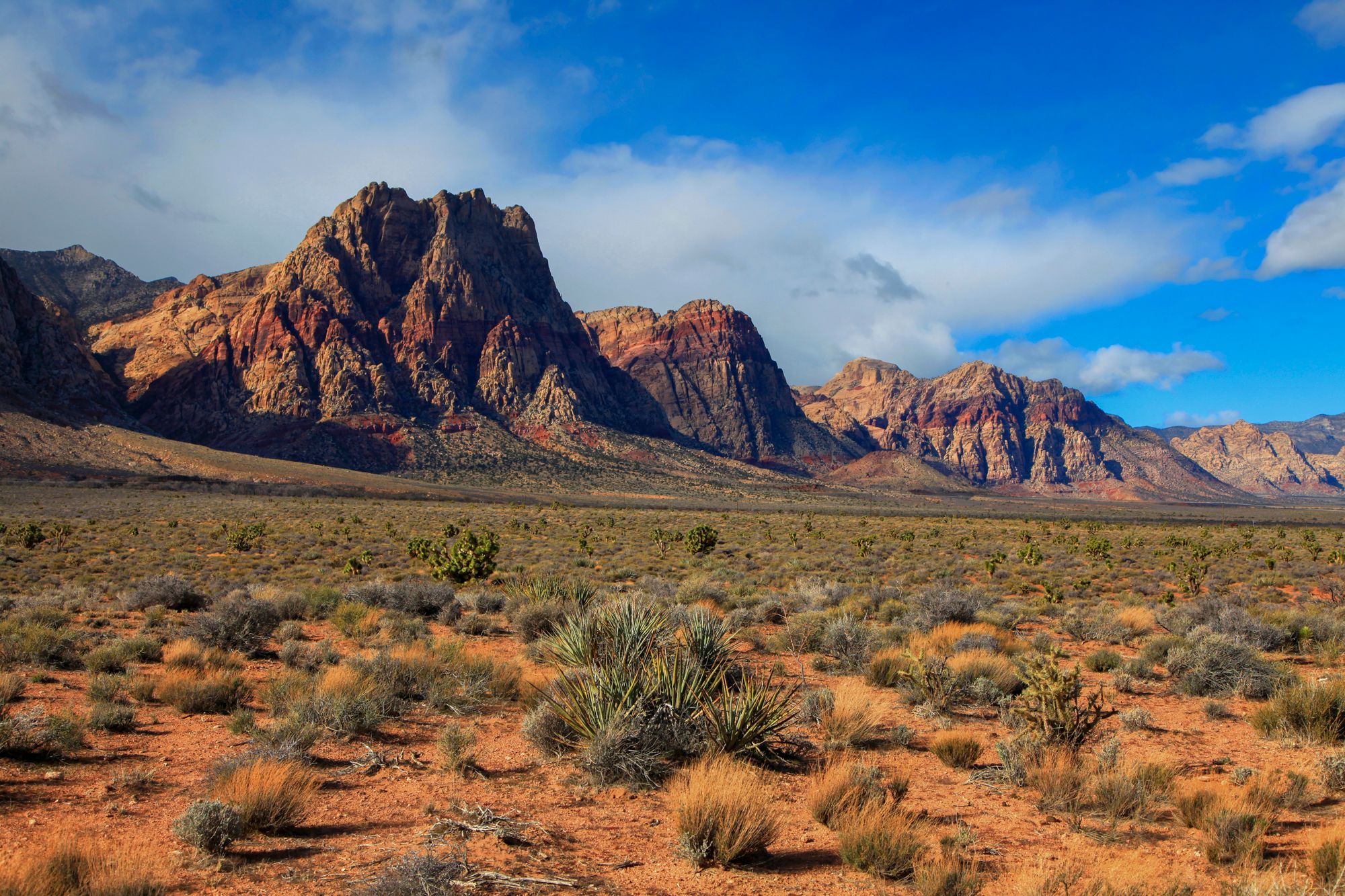

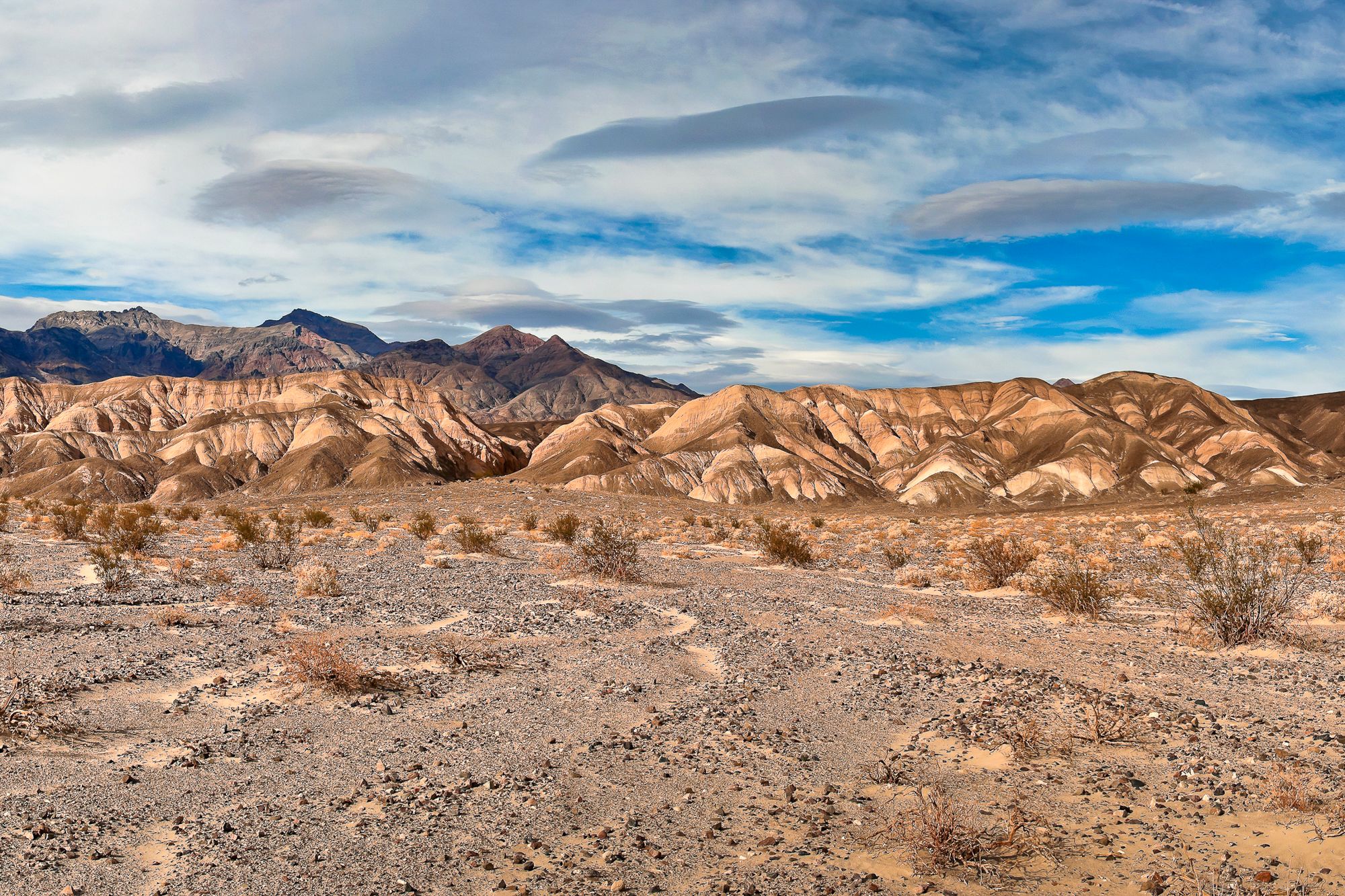
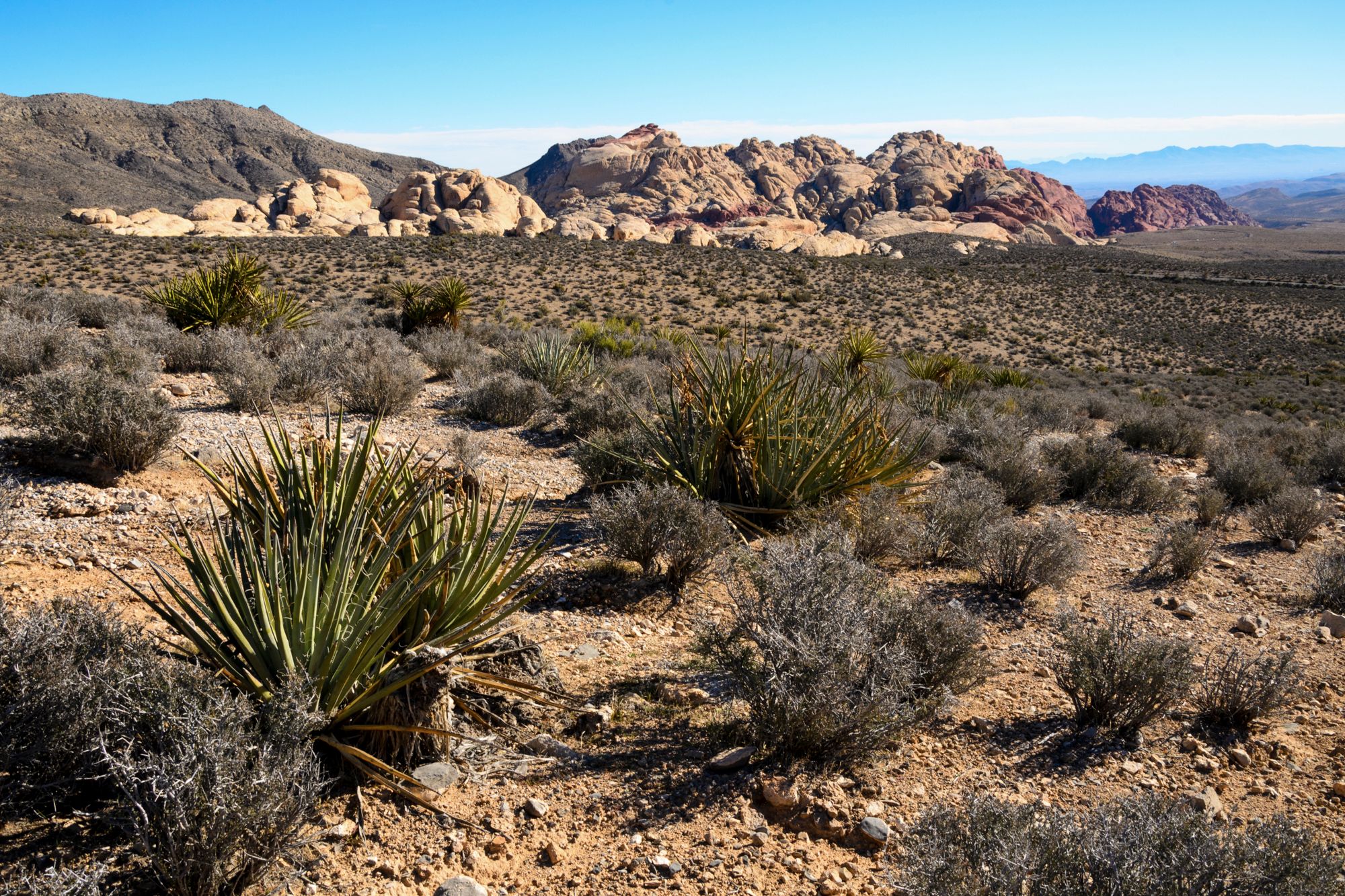
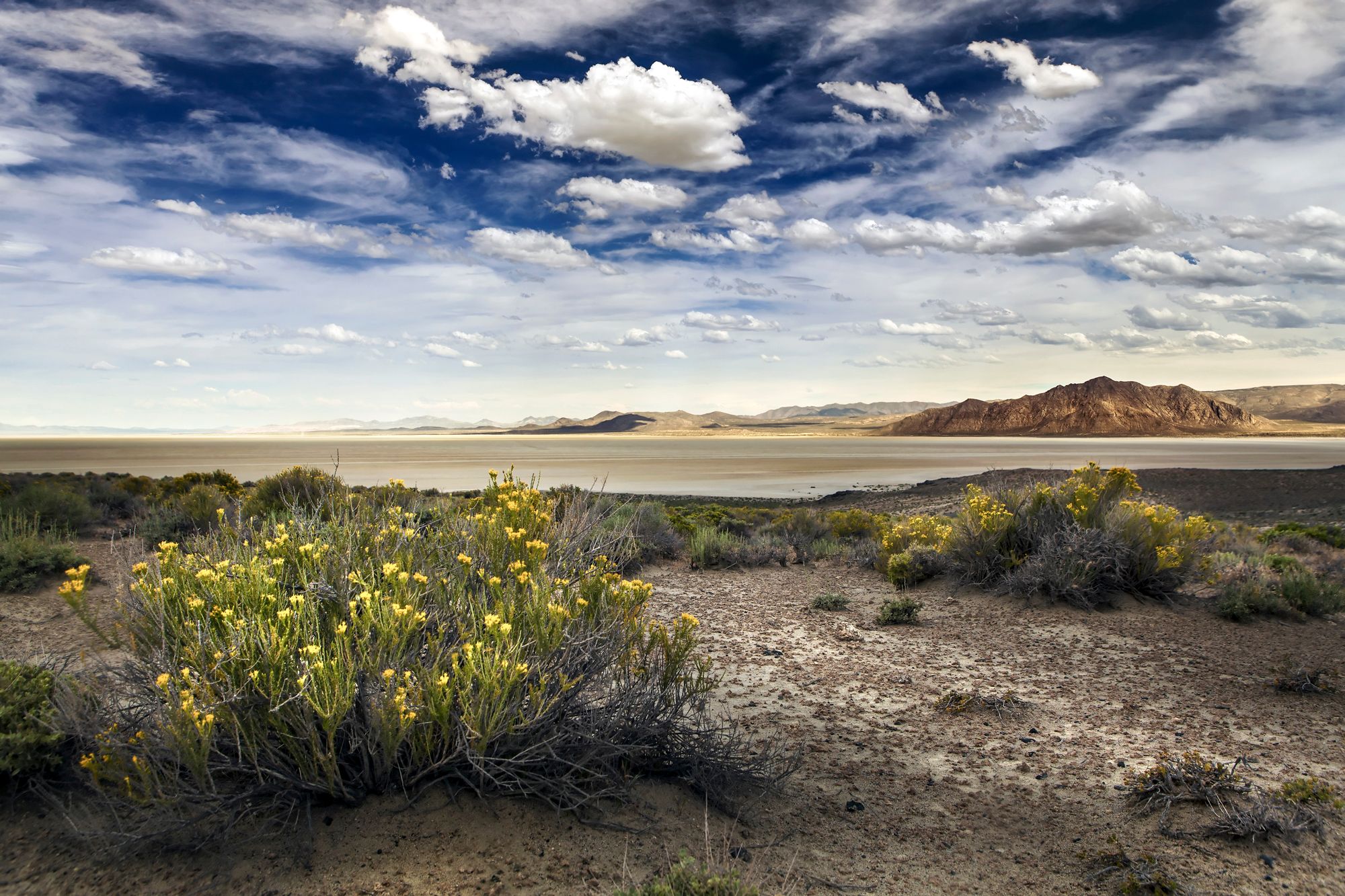
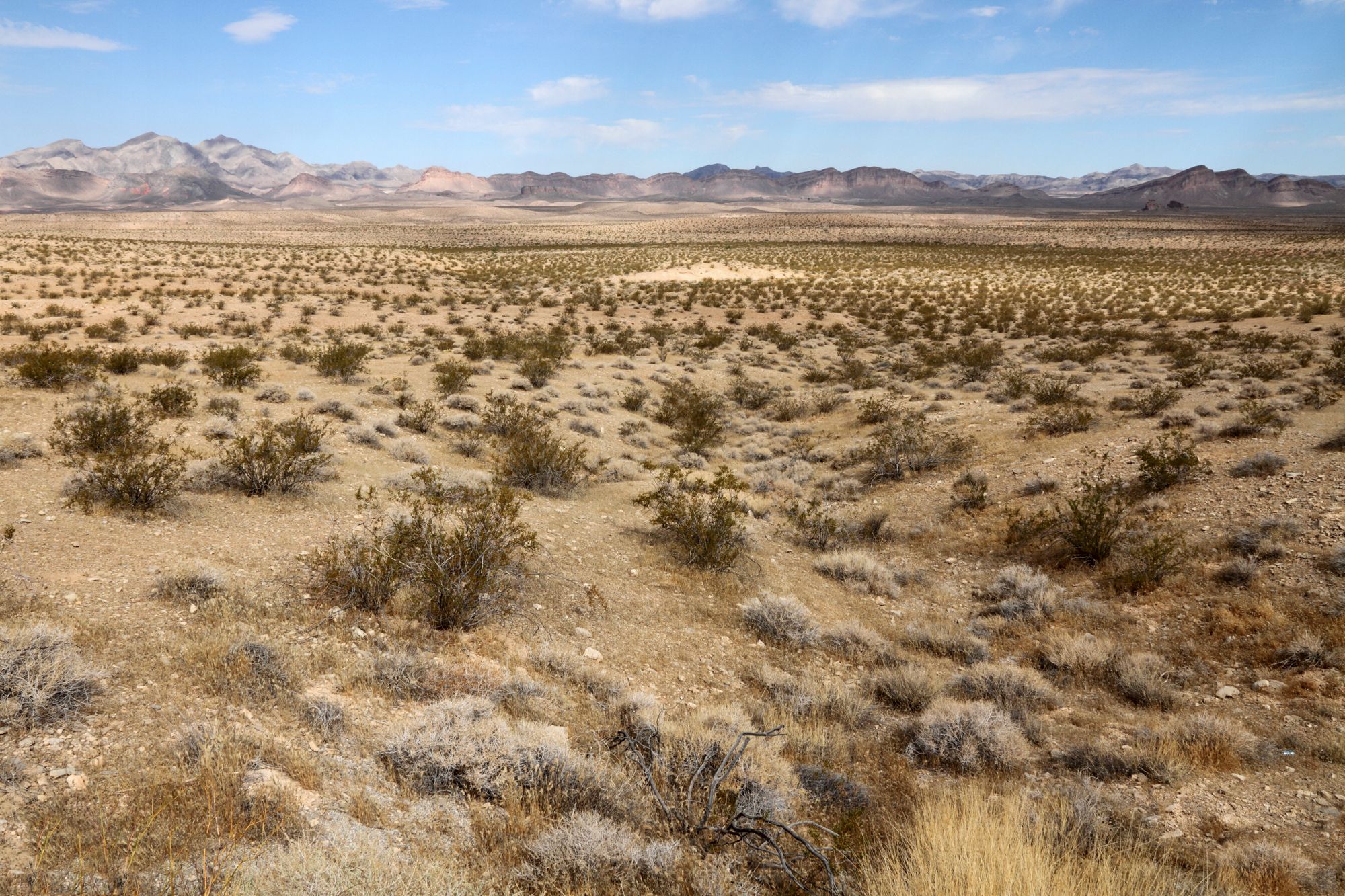
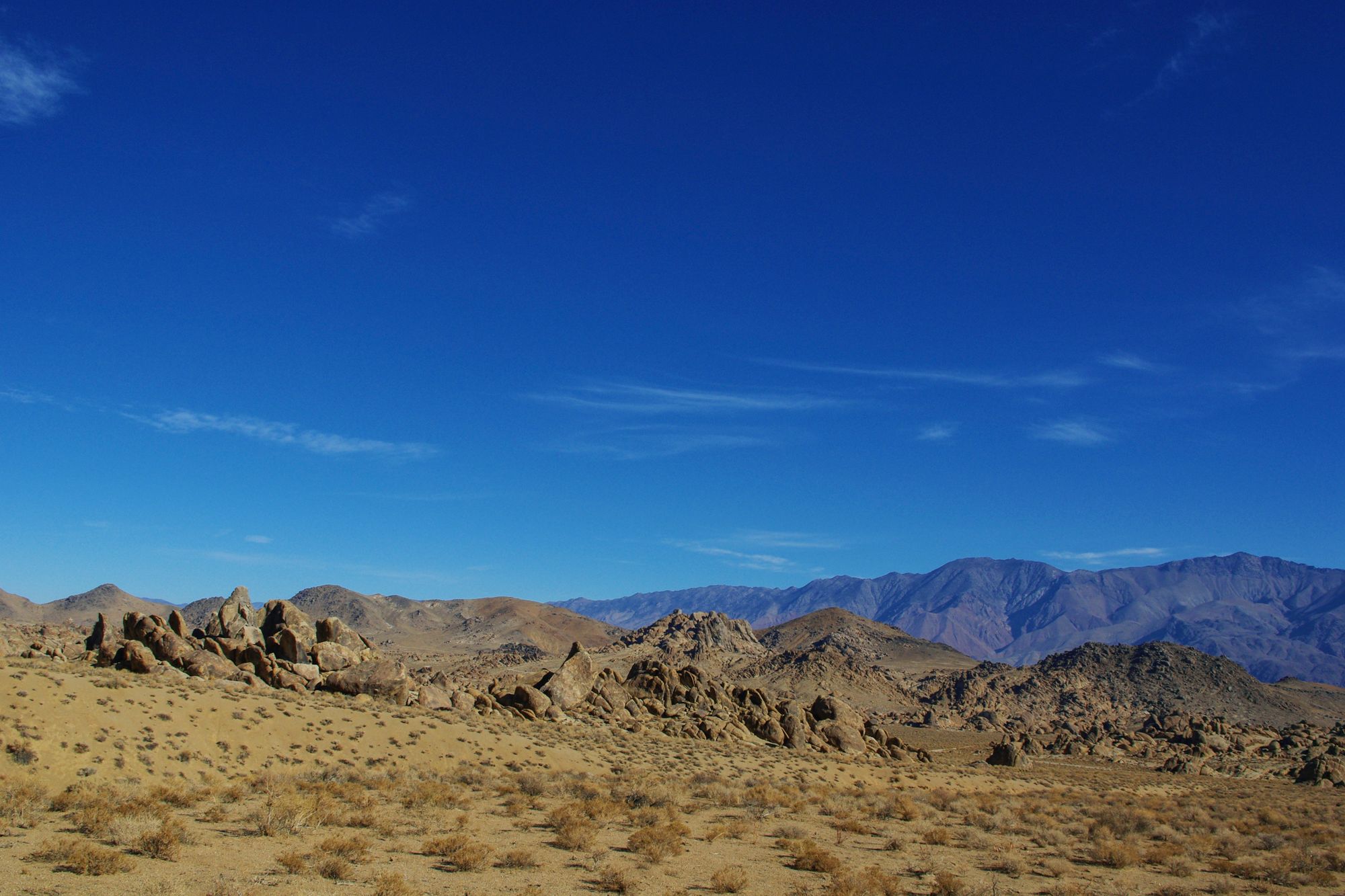
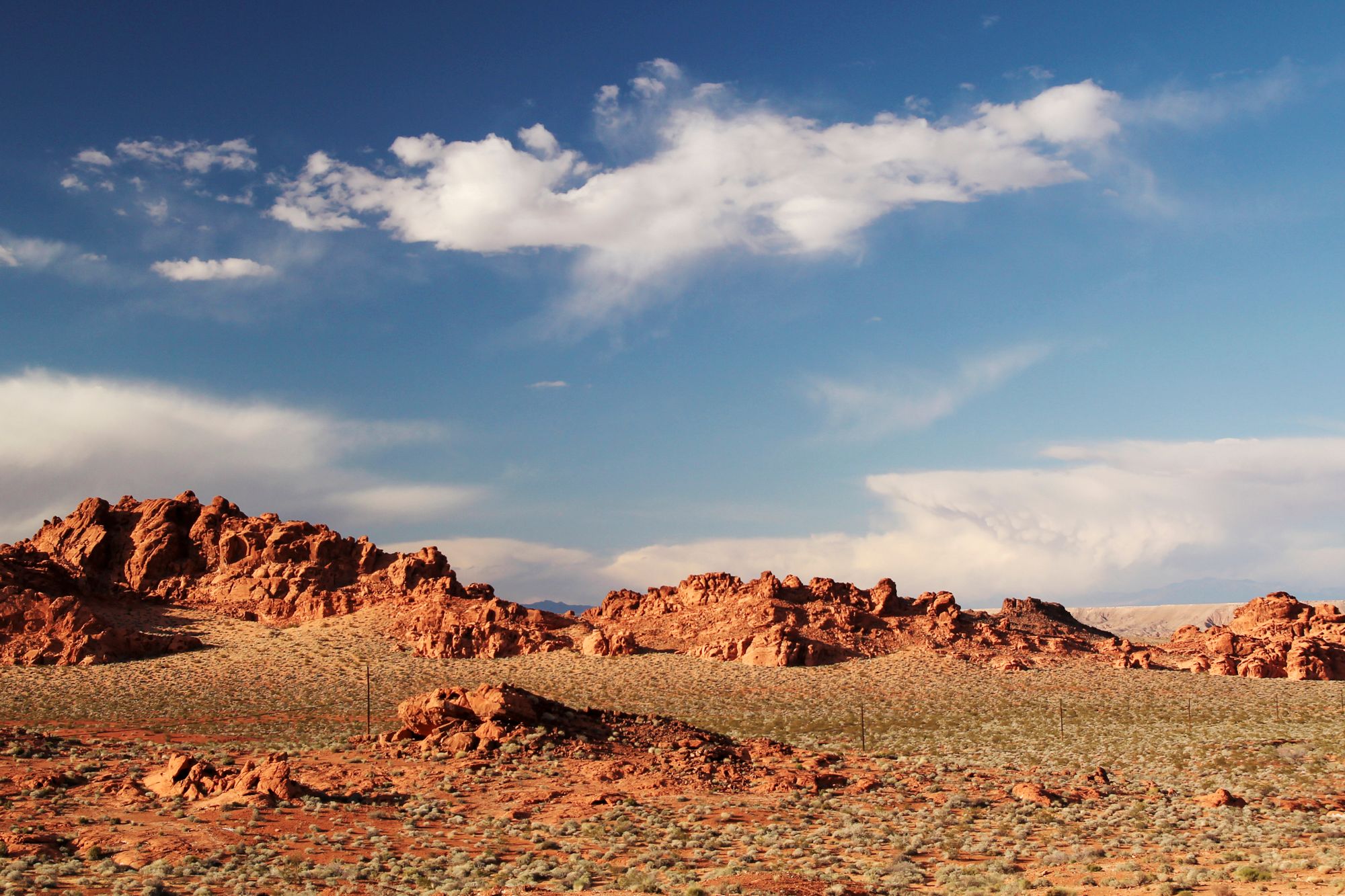
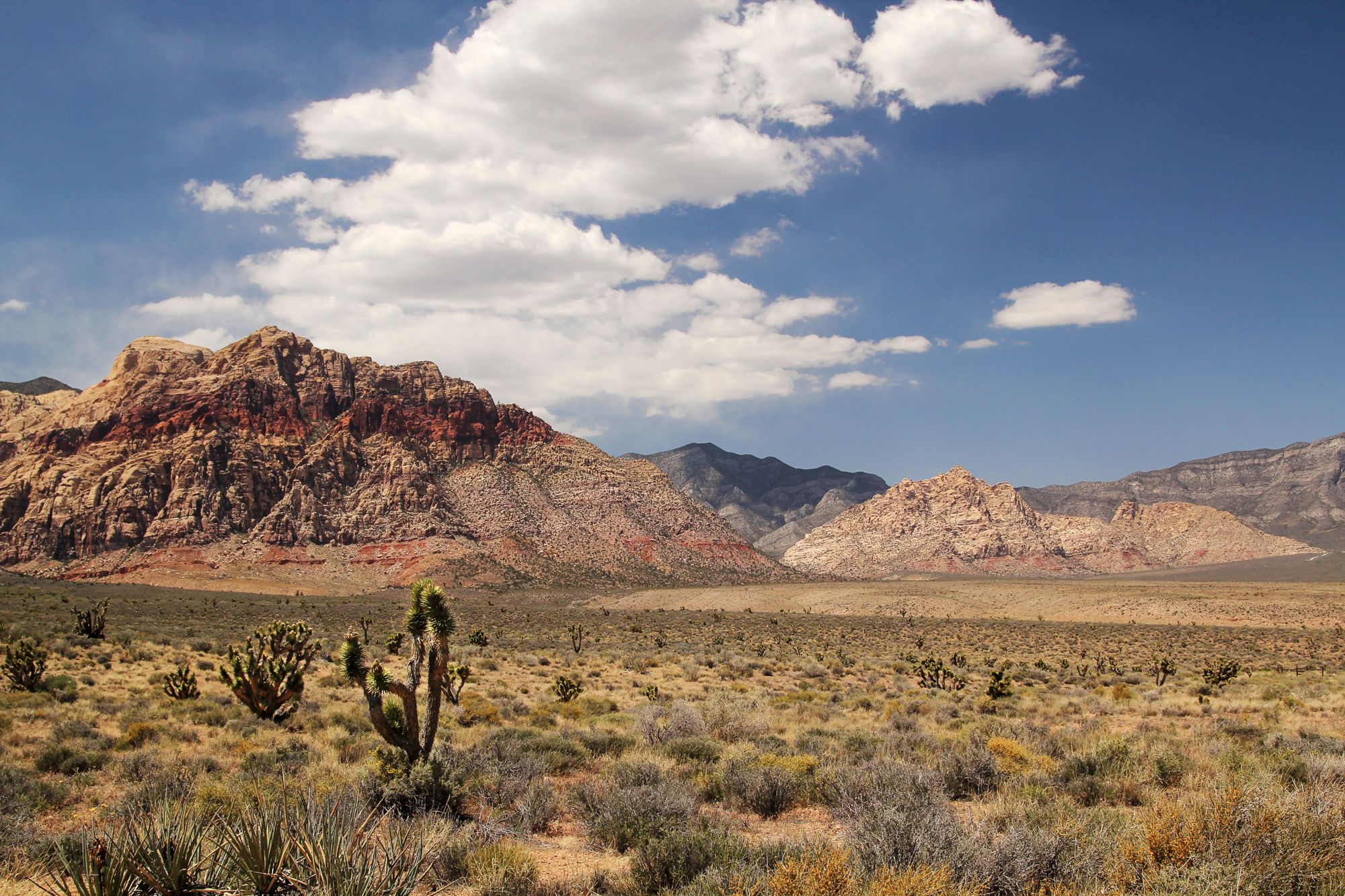
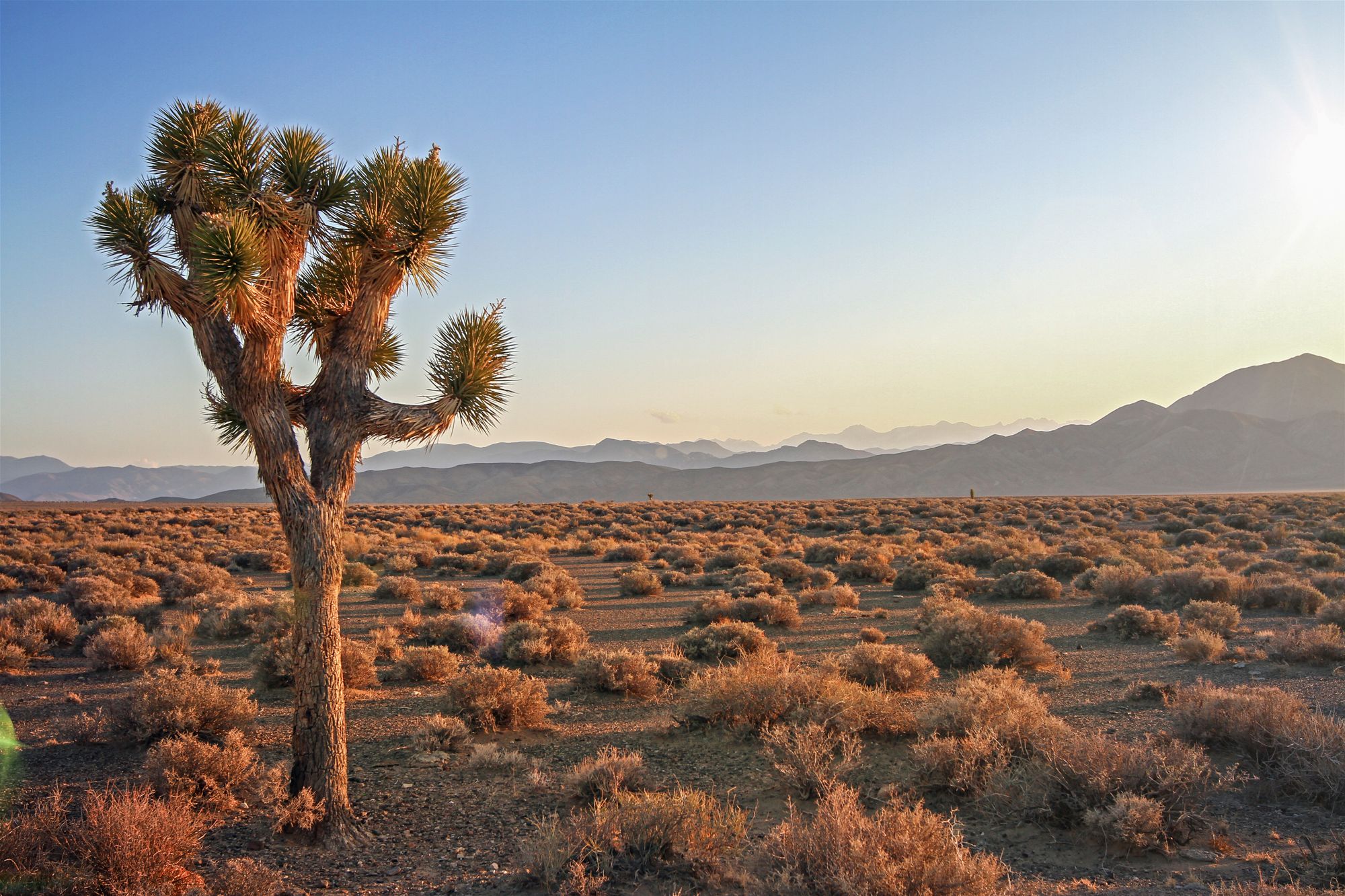
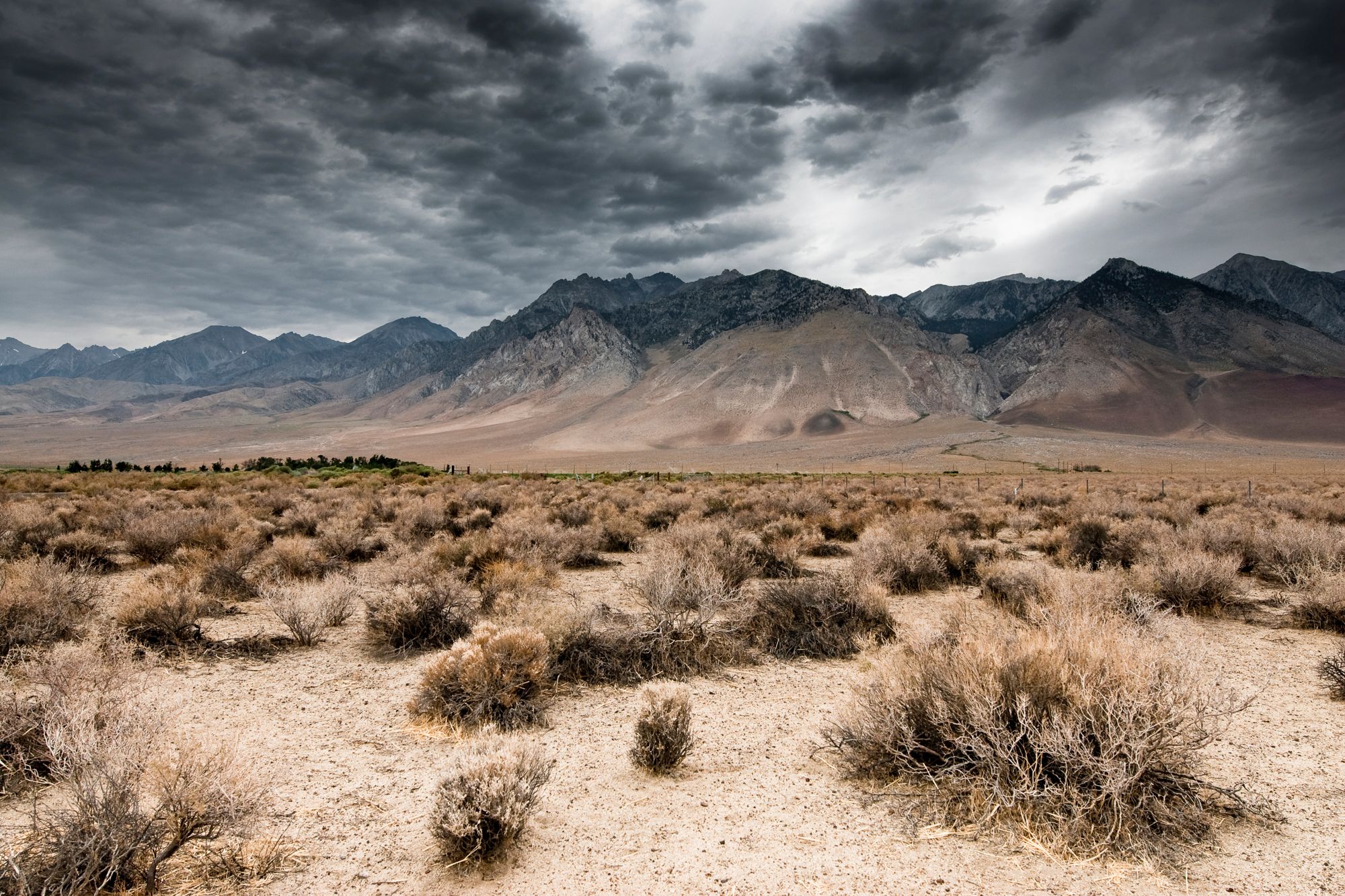
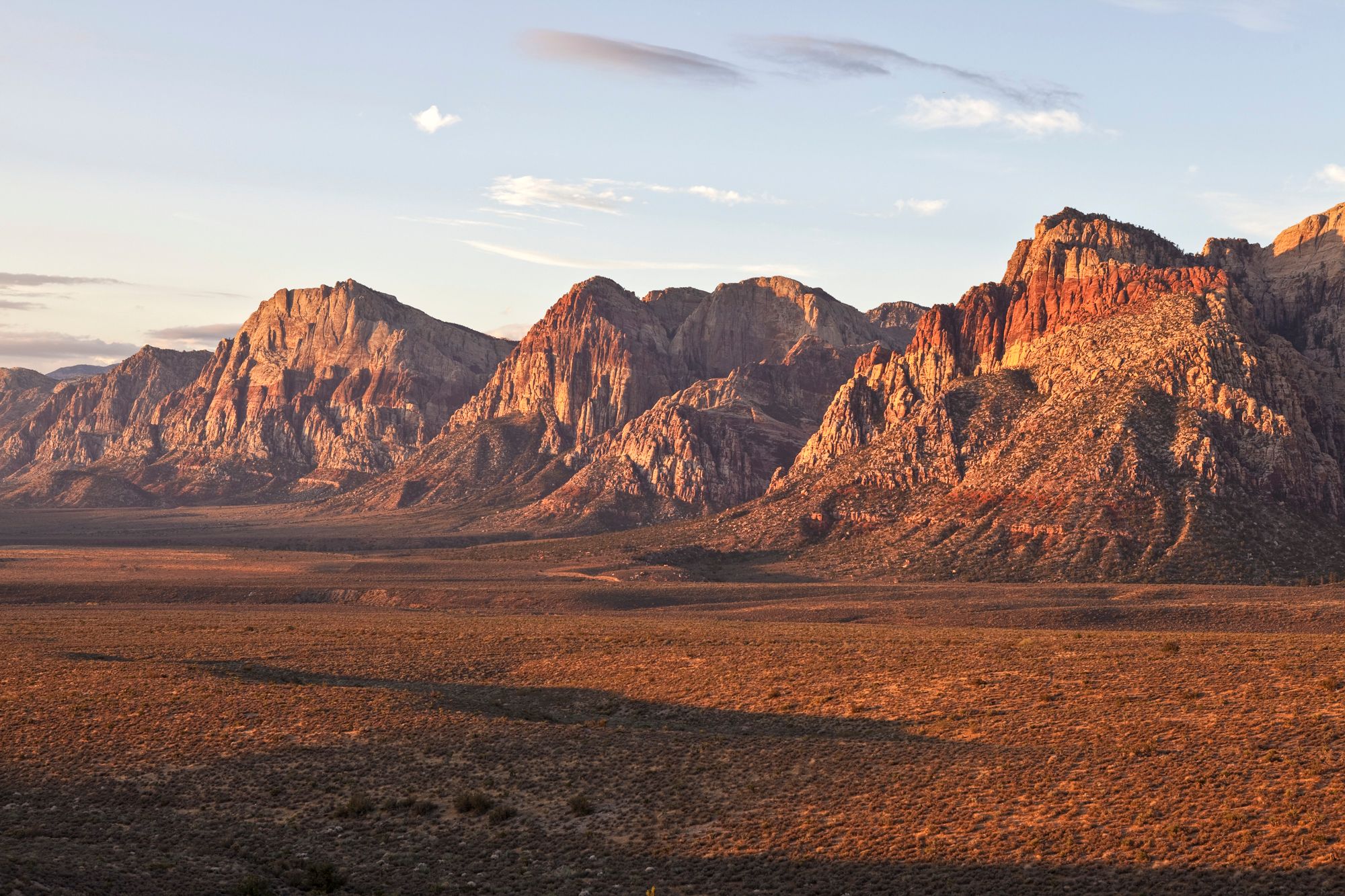
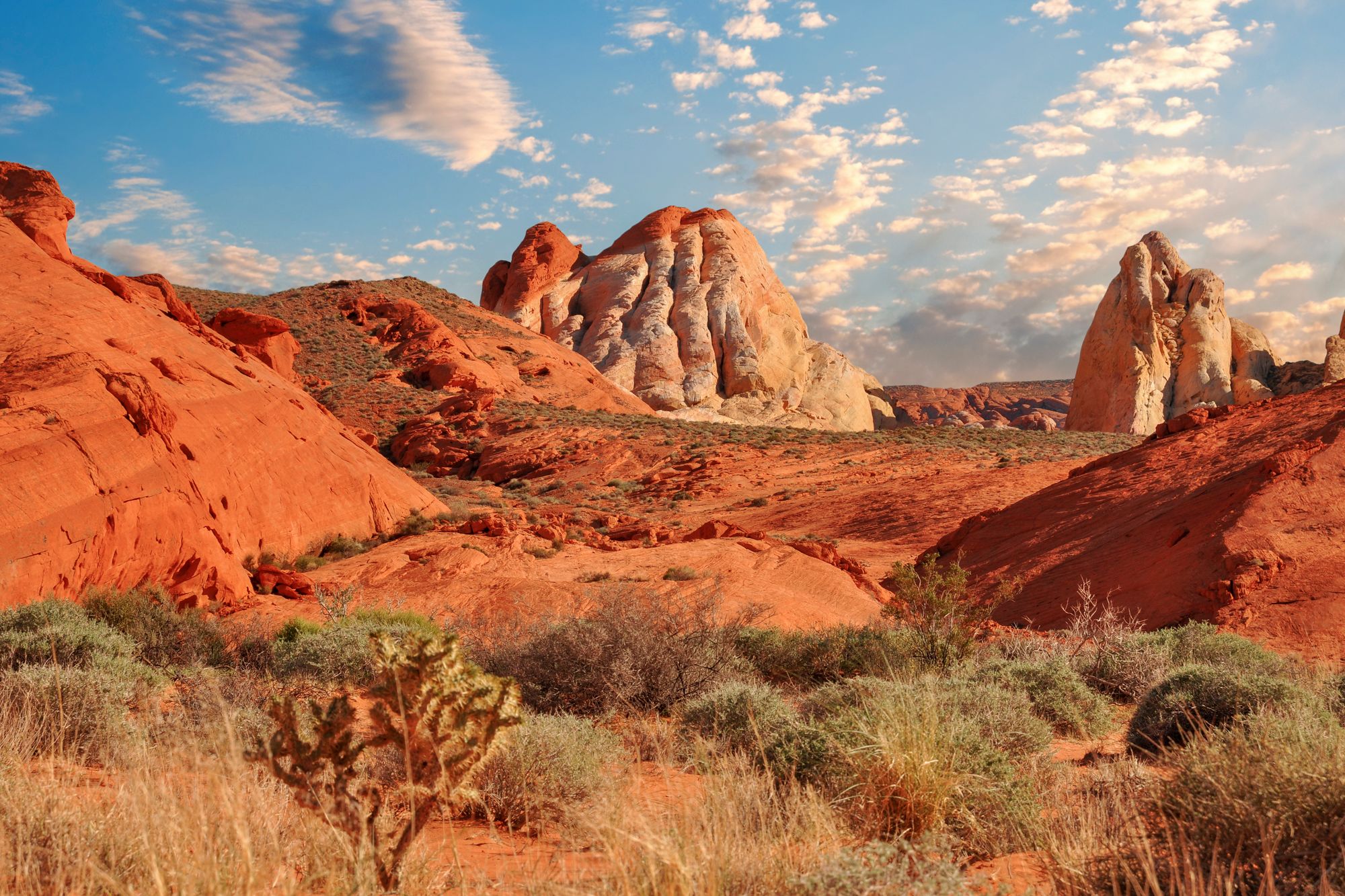
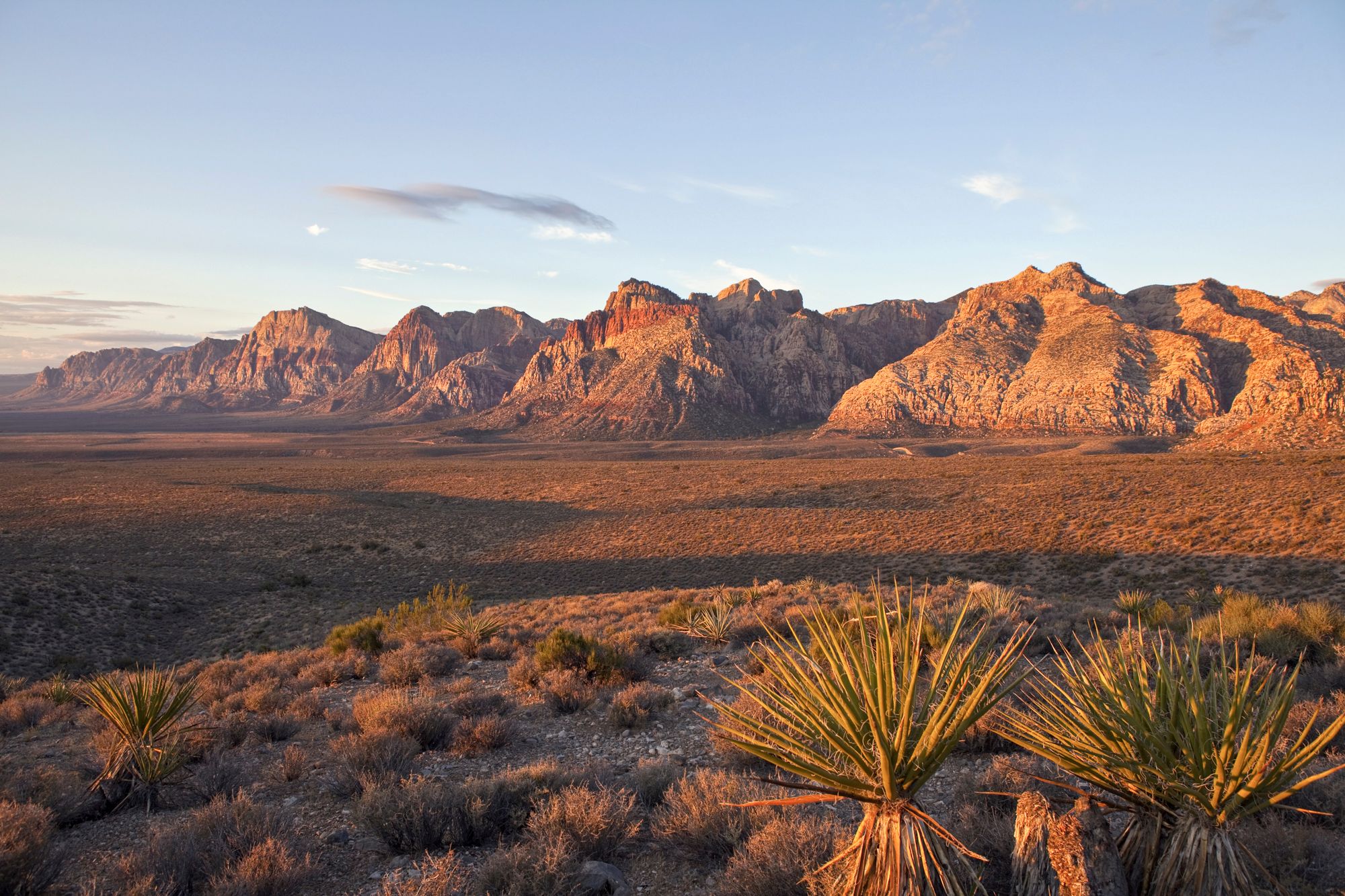
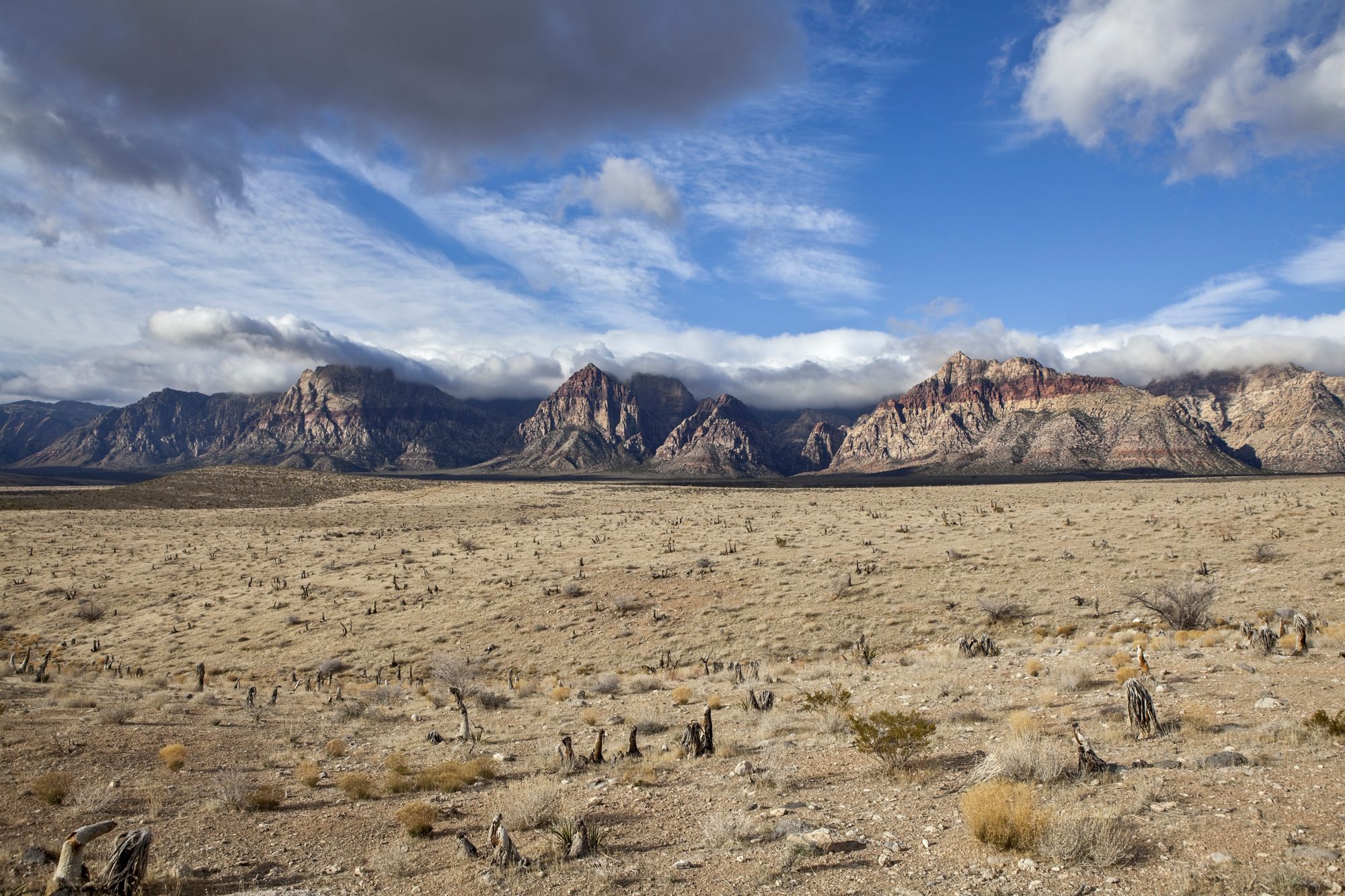
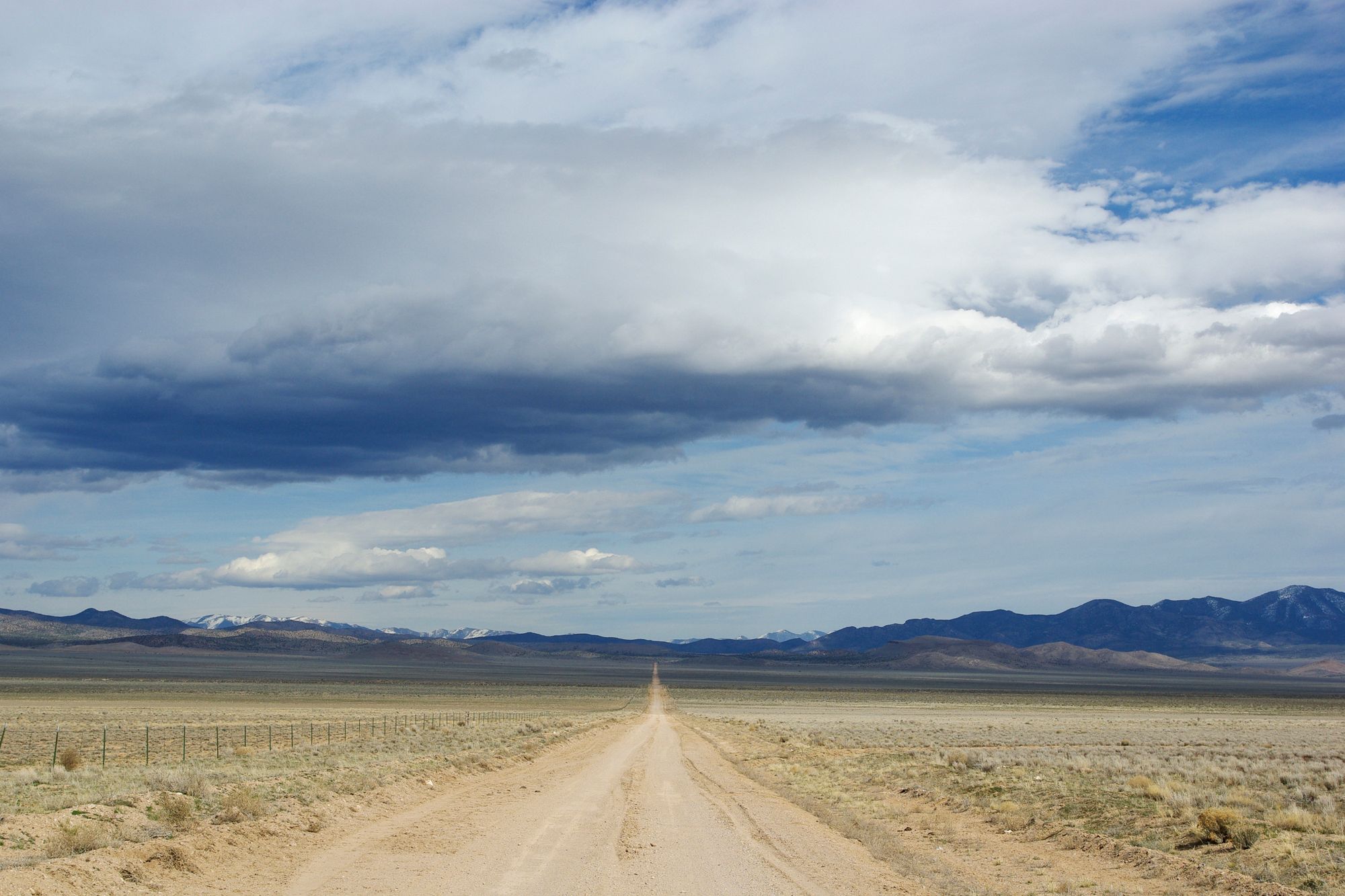
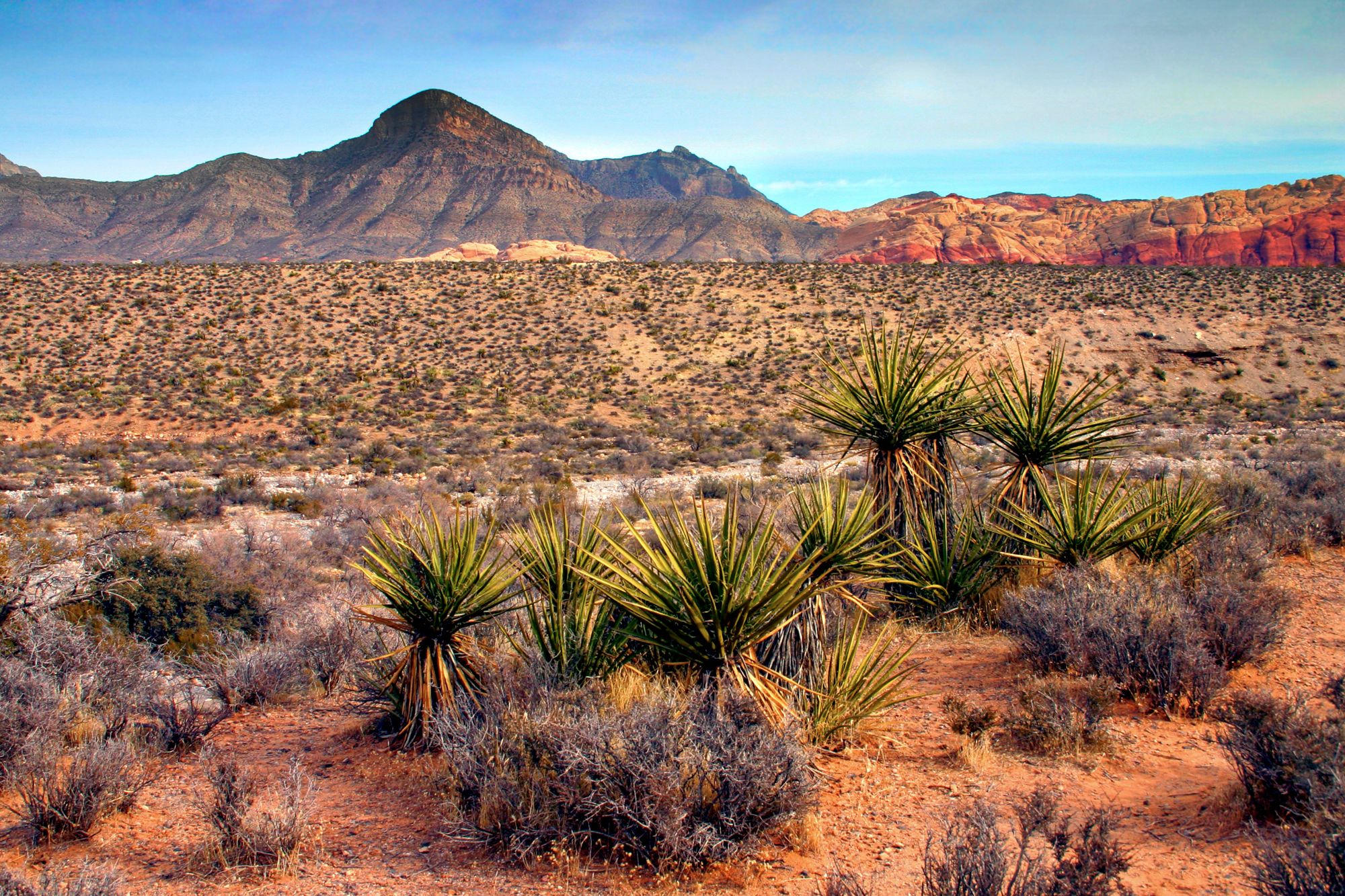





Комментарии
Добавить комментарий